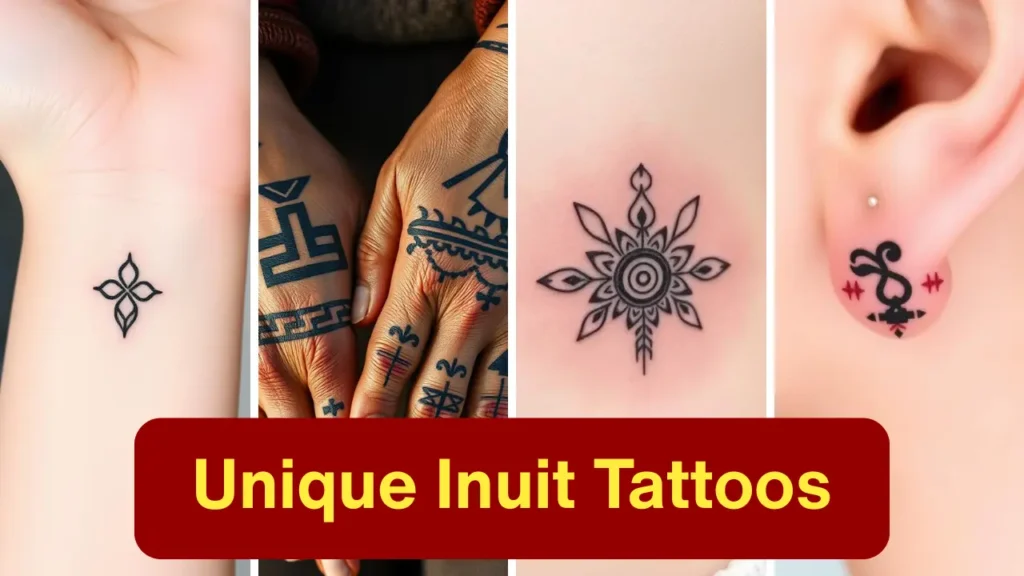You might first hear about Inuit tattoos from a short film, a museum exhibit, or a friend.
Jana Angulalik talks about kakiniit, which means naming her as Inuk. This makes the practice feel close and real.
Inuit tattoos are found on faces, wrists, thighs, and chests. They are made by hand or with modern machines. You will learn about their history and meaning in this article.
Some websites might not always be available. But, projects like the Inuit Tattoo Revitalization Project keep the knowledge alive.
This article aims to share the truth and history of Inuit tattoos with respect and curiosity.
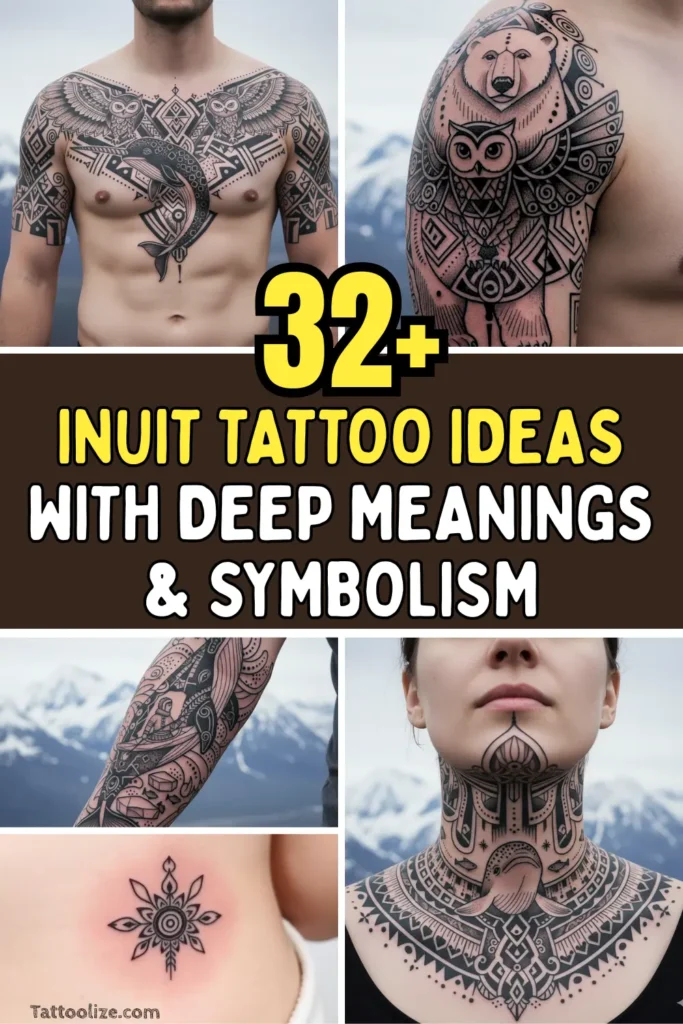
What Are Inuit Tattoos (Kakiniit) and Their Origins
Inuit tattoos are known by sight, but their names and roots add deeper meaning. Kakiniit is the Inuktitut word for tattoos worn by Inuit women and men. These tattoos symbolize identity, family, and skill.
Understanding tunniit definition in Inuktitut helps grasp their significance. Tunniit refers to women’s facial tattoos, while kakiniq names a tattoo more broadly. These terms show how language captures practice and social role.
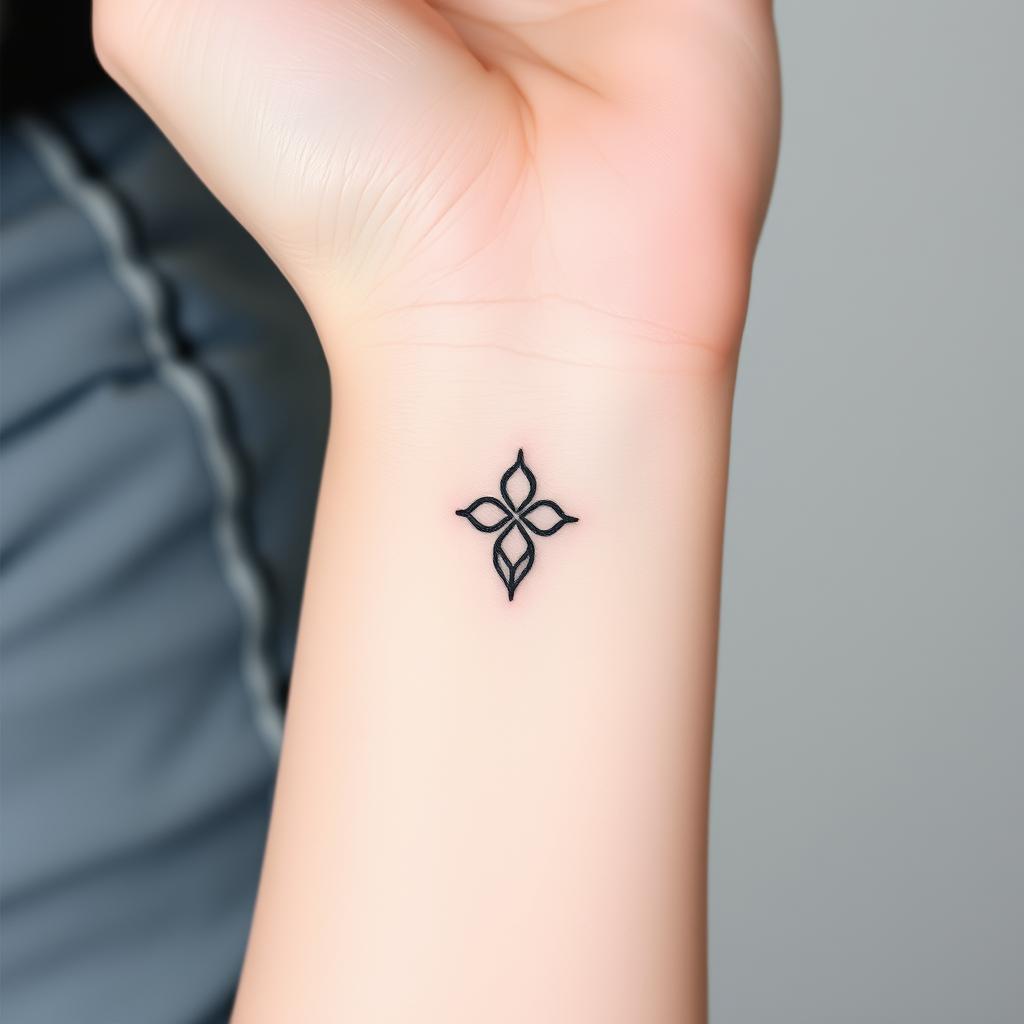
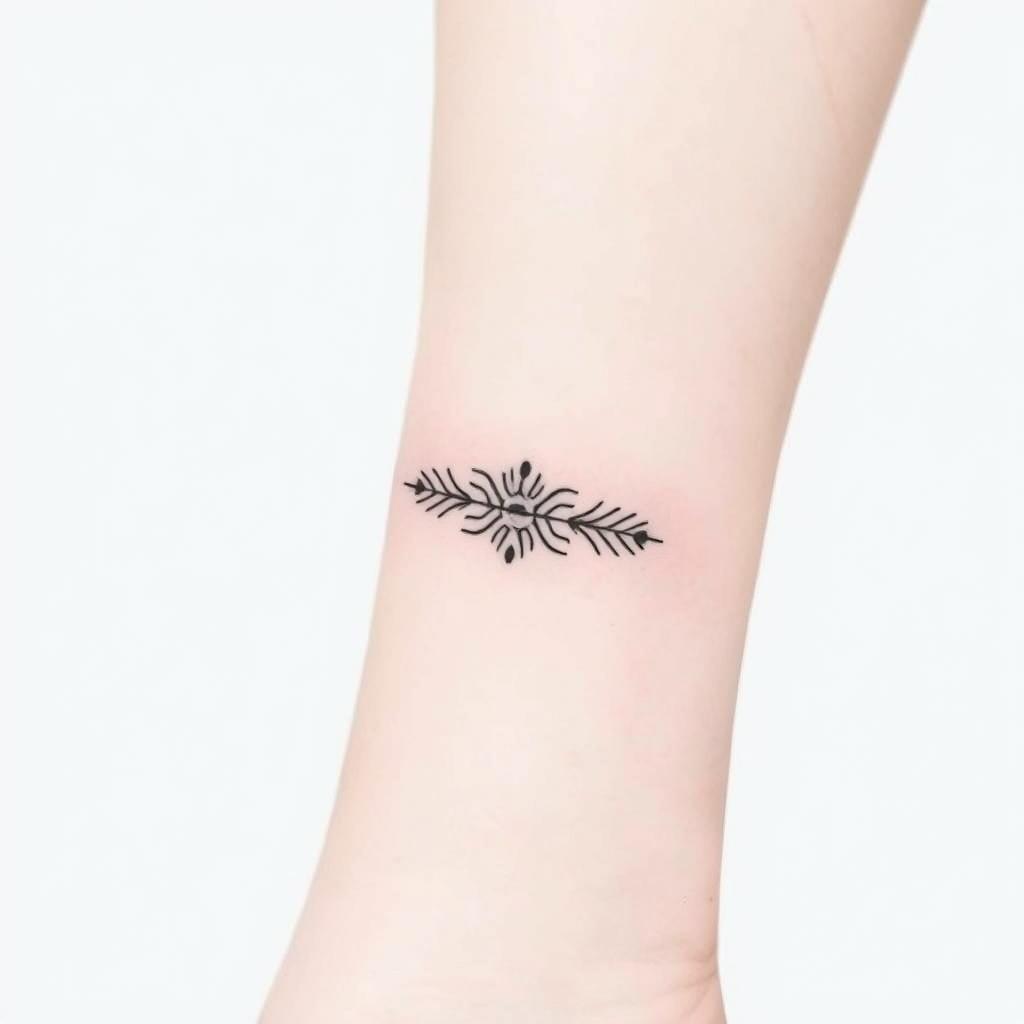
Looking into inuit tattoos etymology reveals a rich history. Words like “pierce” or “prick” are linked to the root *kaki-. Variants appear in Inupiaq, West Greenlandic, and Tunumiit speech. This shows a shared vocabulary across distant communities.
Archaeology supports the linguistic story. Scholars like Lars Krutak found tattoo impressions and tools.
These finds mirror motifs seen in 19th-century Greenland, showing long-term continuity.
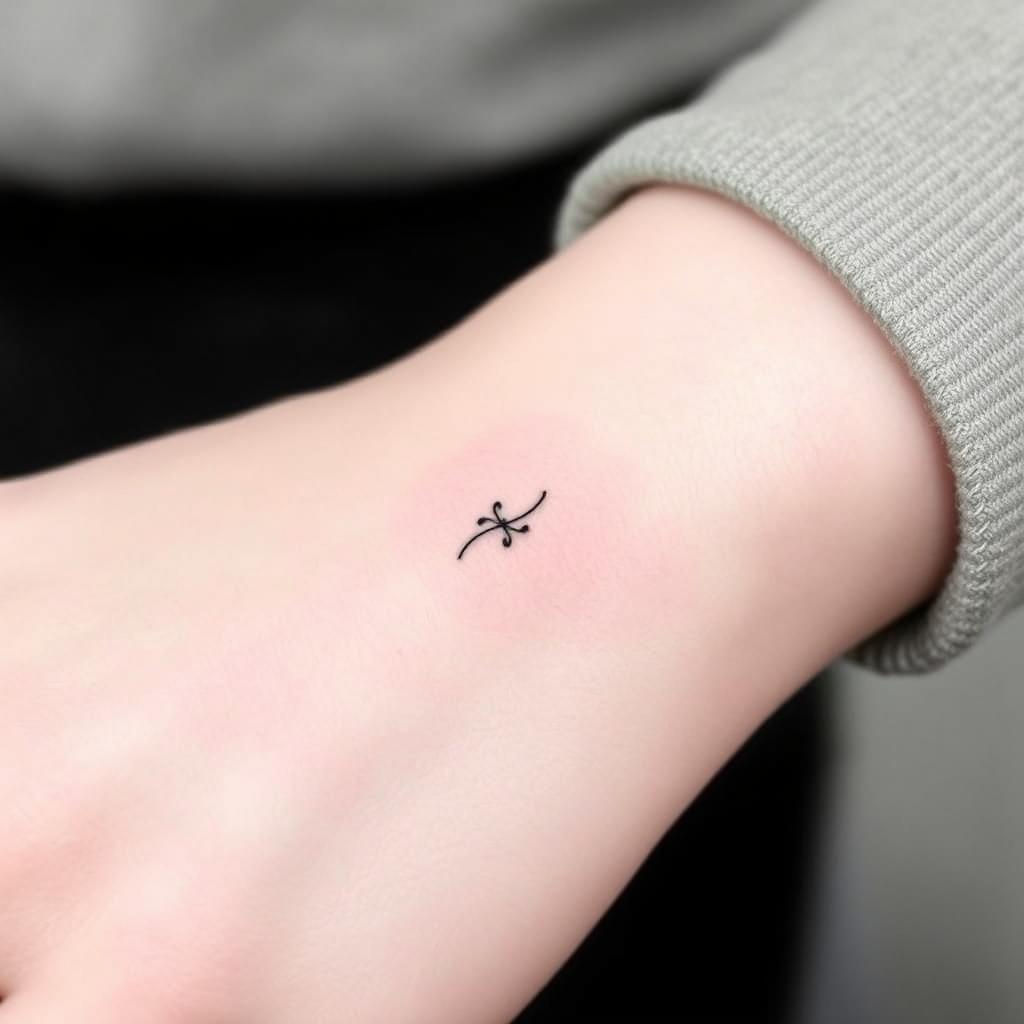
Knowing both words and objects deepens our understanding of inuit tattoos history.
The terms kakiniit and tunniit, their etymology, and the material record all point to durable traditions. These traditions shaped social life and personal identity in Inuit homelands.
History of Inuit Tattoos and Colonial Suppression
Inuit tattoos have a long history. They were about identity, medicine, and rules before outsiders came.
These tattoos named families, showed who was ready to marry, helped with pain, and told stories of the sea and underworld.
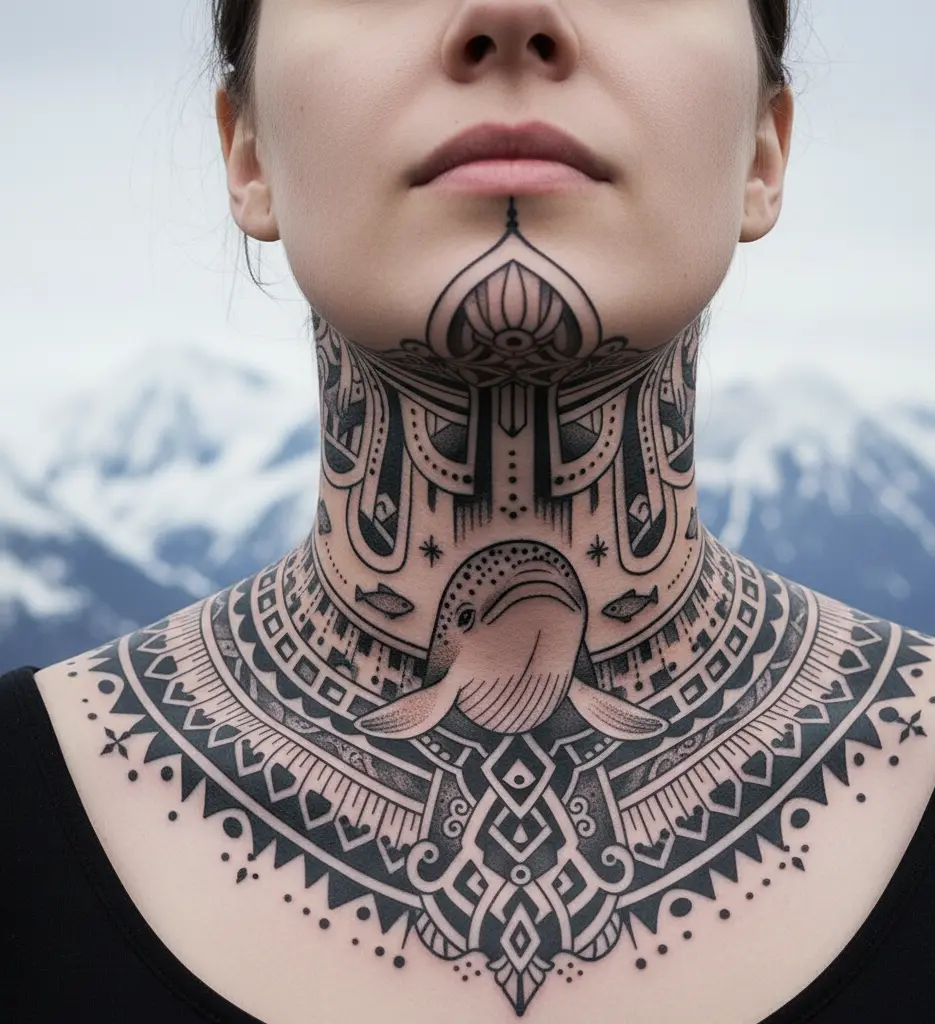
Before outsiders came, tattoos were beautiful and sacred. Women got tattoos to show they were grown and fertile. Hands and breasts had tattoos about motherhood and hunting. Learning tattoos was a tradition passed from elders to the young.
Christian missionaries arrived in the late 1700s. They said many Inuit practices were wrong. They used the Bible to say tattoos were sinful. Over time, tattoos were banned in some places.
In the 20th century, laws and bans got stricter. Tattoos were hidden from public view. Communities kept traditions secret. Elders stopped teaching tattoos to the young to avoid trouble.
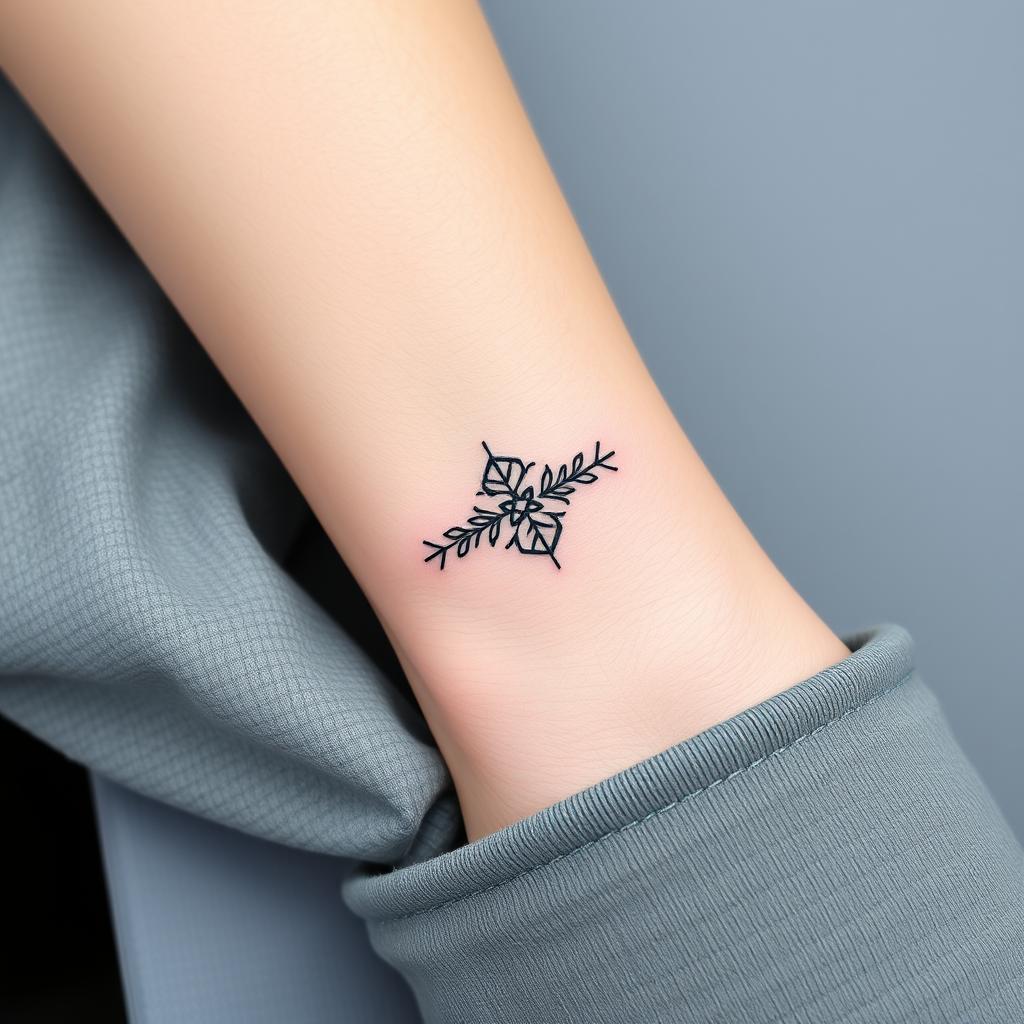
This silence changed the meaning of tattoos. Rituals, medicine, and designs were lost or changed. Today, people are working to bring back these traditions.
Now, people are trying to fix the damage done by banning tattoos. They use stories, museums, and elders to learn again. This shows why knowing about Inuit tattoos is important for culture and healing.
Traditional Inuit Tattoo Designs and Patterns
Inuit tattoos use simple marks to tell stories on skin. Lines, dots, and shapes like V and Y are basic. These designs are seen across many generations and places.
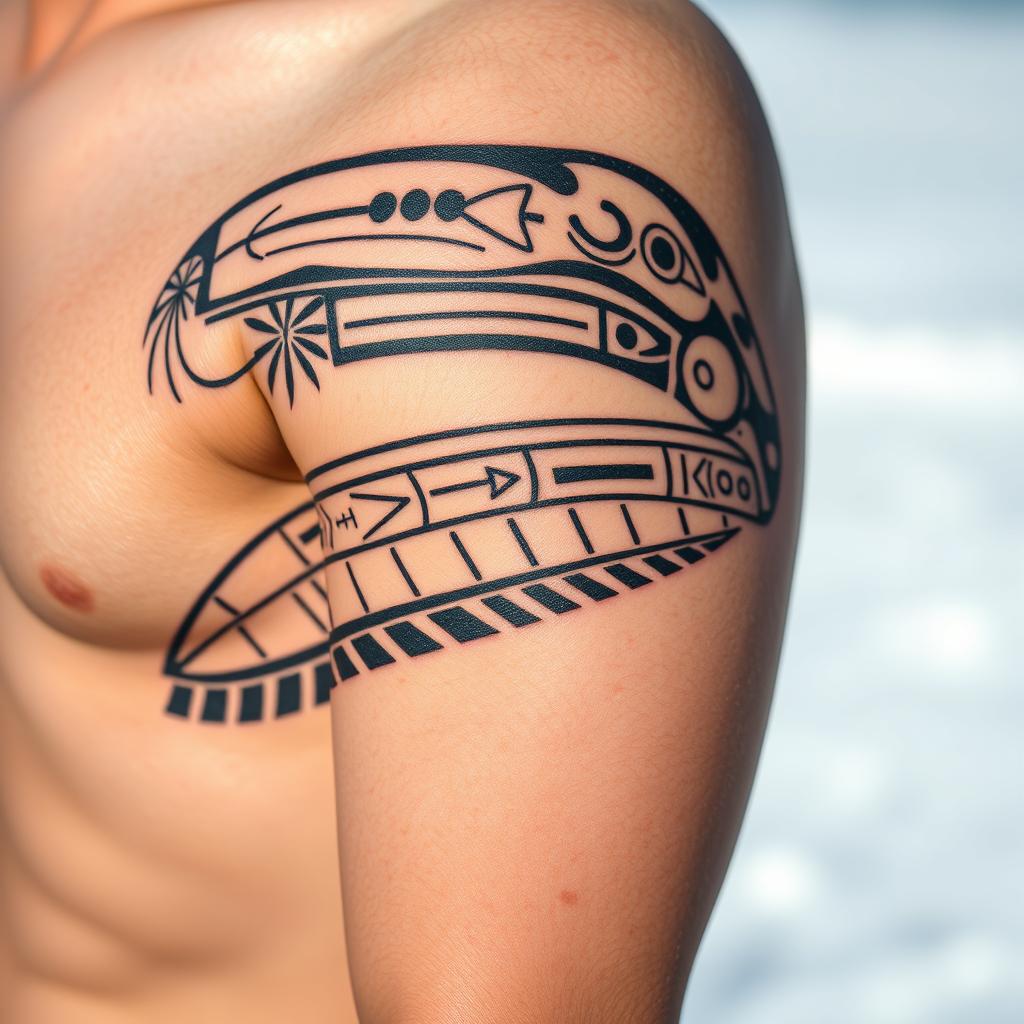
Dots, zig-zags, and straight lines mark important life events. V-shapes on foreheads mean womanhood. Chin stripes show first menstruation.
Finger tattoos honor Nuliayuk, the sea goddess. Small dots mark personal rites.
Each region has its own tattoo style. In Inuit Nunangat, forehead marks start it all. In Greenland and Alaska, the chin is first.
Where tattoos go matters as much as what they look like. Face tattoos, or tunniit, are on the chin, forehead, and mouth. Hands and arms show skill or family ties. Chest and back tattoos mean motherhood.
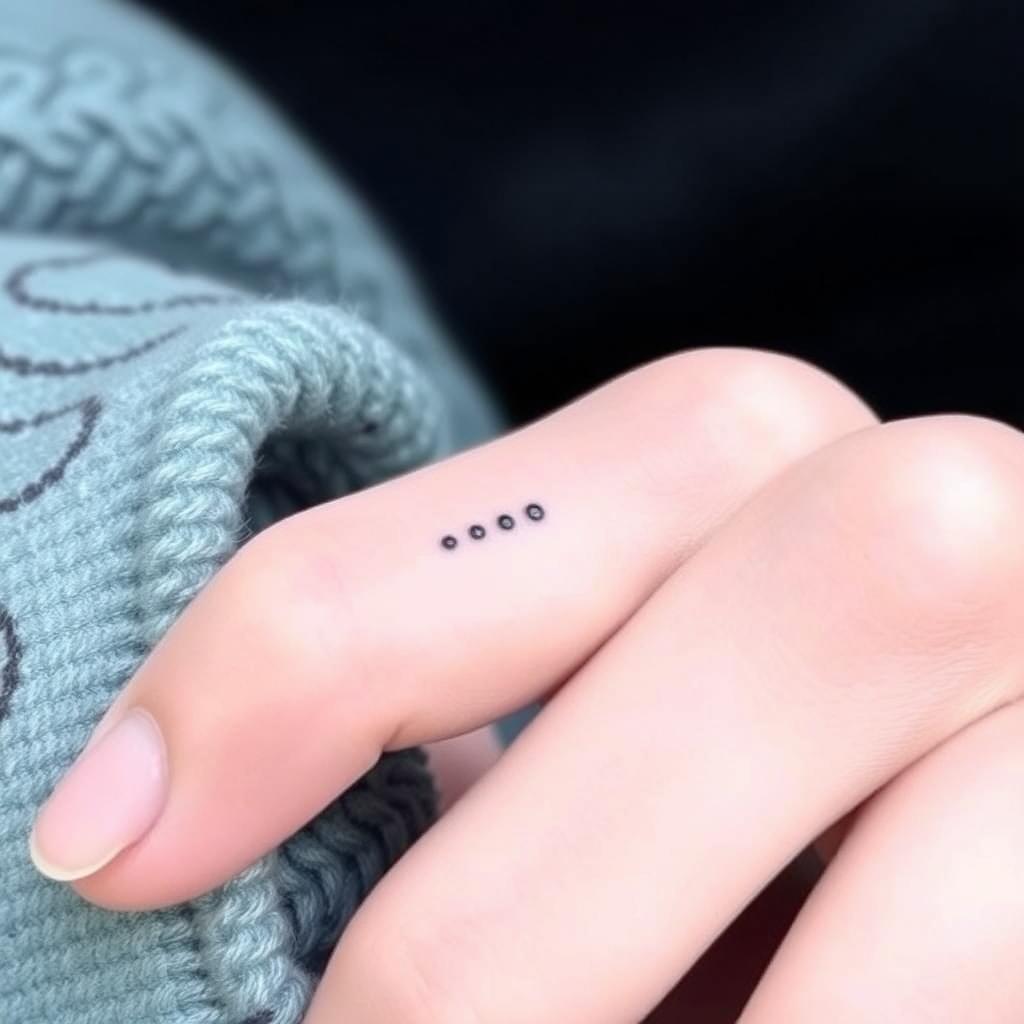
Thigh and breast tattoos are about childbirth. They prepare and honor the birth process. Some women wore big designs that combined many symbols.
Look for Y-shapes, V-marks, and lines that follow the body. These patterns are beautiful and full of meaning. Each mark tells a story of the wearer, their family, and the Arctic world.
Meanings of Inuit Tattoos and Symbolism
Inuit tattoos mean a lot about life stages, family, and beliefs. They are not just for looks. They tell stories and connect us to our community’s past.
Tattoos as rites of passage and markers of womanhood
V-shaped tattoos on the forehead mean a woman has started her period. Chin stripes also mark this important time. These tattoos show a woman is ready for new roles.
Some tattoos show when a woman is ready to marry. Others are secrets shared only with family or elders.
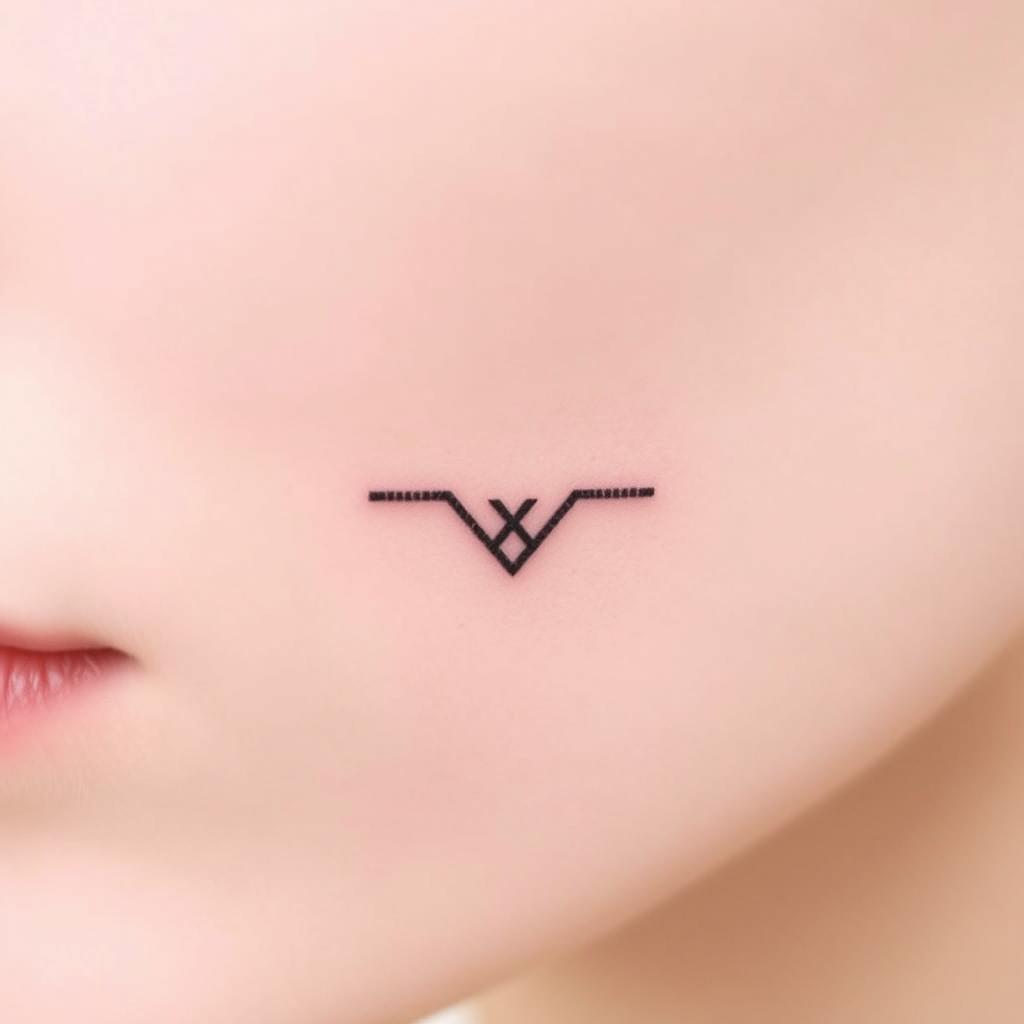
Motherhood, birthing tattoos, and amauti-inspired designs
After having a baby, a chest tattoo can symbolize motherhood. Thigh tattoos helped a newborn pass safely. Designs like the amauti celebrate the bond between mother and child.
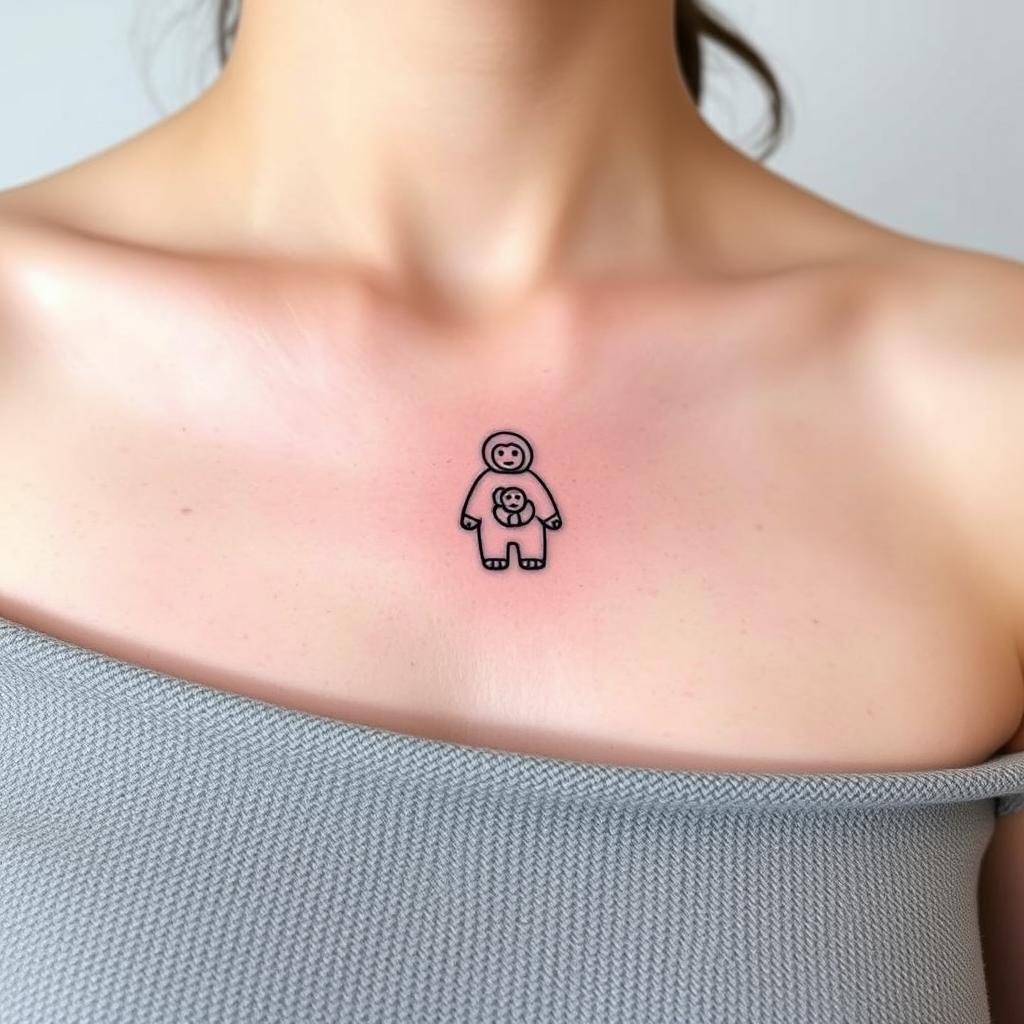
Connections to Sedna and sea-animal symbolism
Finger and arm tattoos often connect to the Sedna myth. They say a woman can become a sea creature. This belief helped ensure good hunting and access to the afterlife.
Colonial bans made some meanings disappear. But today, people are bringing back old meanings or making new ones. This shows how inuit tattoos stay important and change with time.
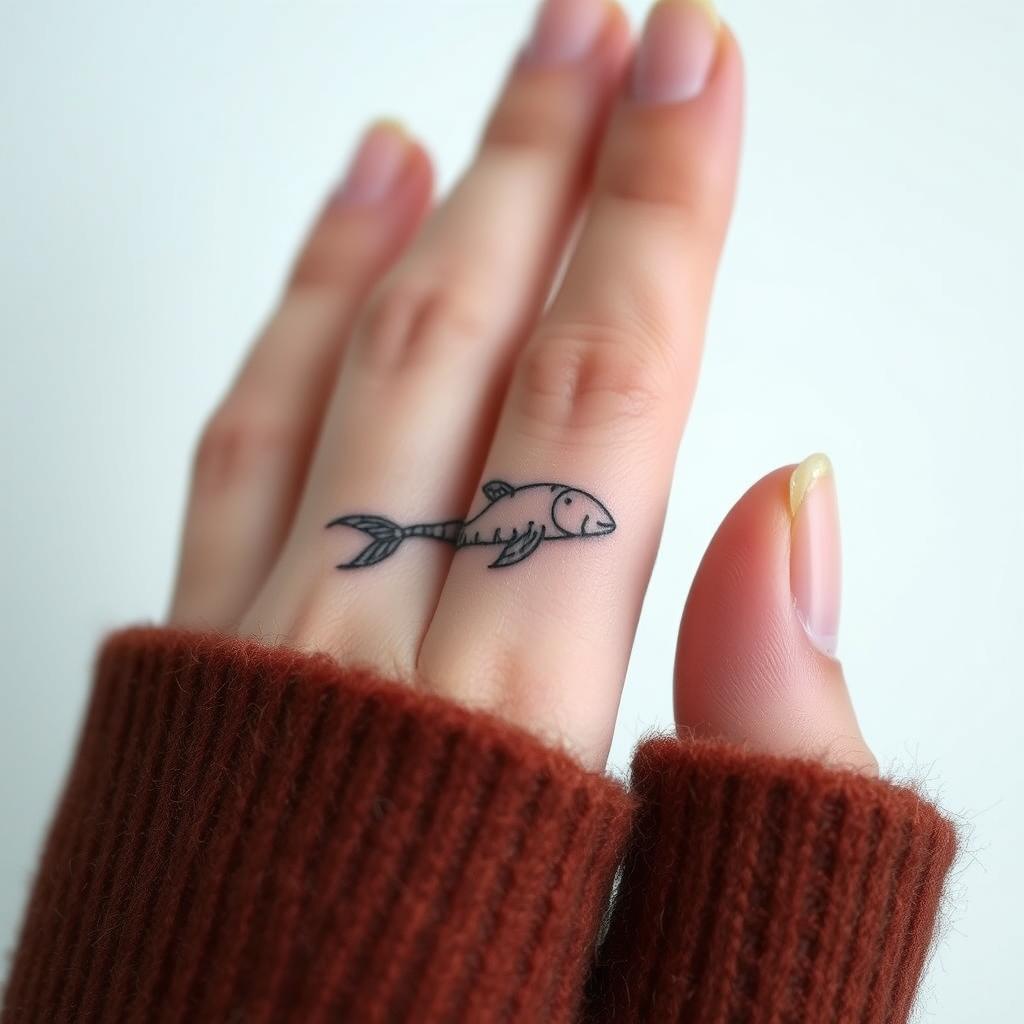
Remember, inuit tattoos are about protection, memory, and identity. They connect us to our stories and our community.
Traditional Tattooing Techniques: Skin Stitching and Hand-Poke
Traditional inuit tattooing is all about touch and care. It uses materials from the earth and sea. This makes many people prefer it over machines.
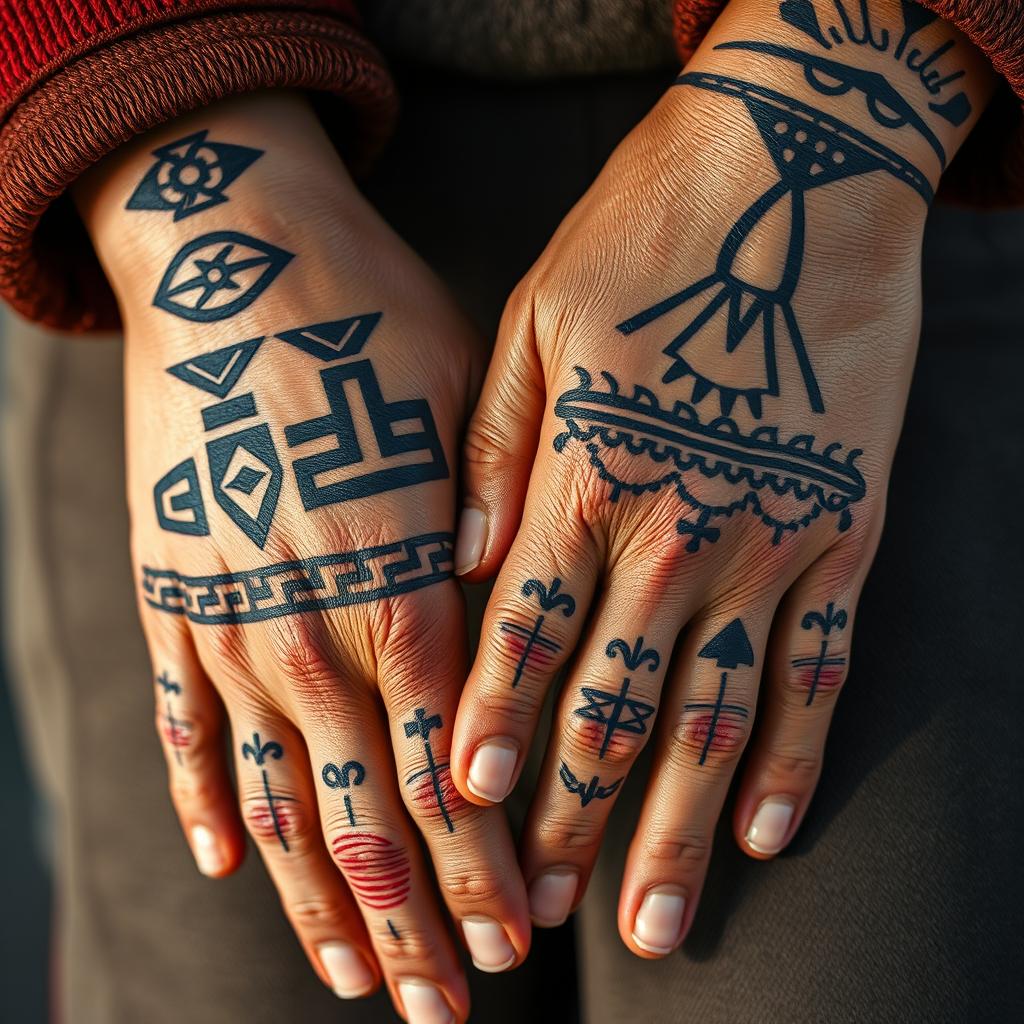
Tools were basic but worked well. They used sinew thread, qulliq soot, and seal suet for color. Needles were made from bone, wood, or steel. A seal-intestine bag kept everything safe.
There are two main ways to tattoo. Skin stitching uses a thread to draw lines under the skin. Hand-poke tattoos are made dot by dot. Both need steady hands and careful attention.
Aftercare was very important. Traditional methods included cleaning and sometimes a special mix. Women in the community helped with healing. This kept the tattoos safe and meaningful.
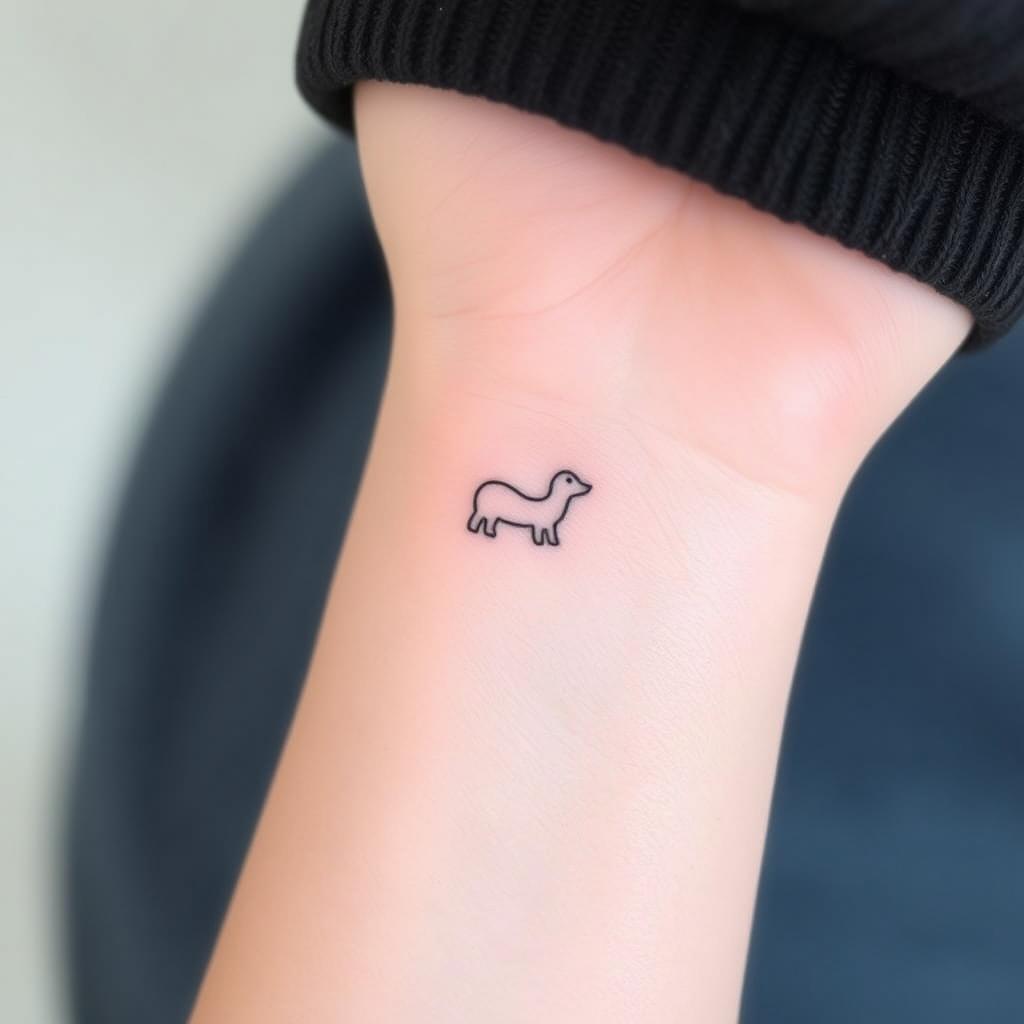
Today, you can choose between traditional and machine tattoos. Artists like Jana Angulalik do both. You can pick traditional for its cultural value or machines for speed.
Understanding both methods helps you decide. Traditional tattoos focus on ritual and slow making.
Machines offer speed and more colors. Learning traditional techniques like skin stitching connects you deeply to the art.
Inuit Tattoo Revival and Modern Revitalization Projects
A big wave of Inuit tattoo revival started in Nunavut, Greenland, and Alaska. It’s led by the community. They teach traditional skills, document stories, and connect elders with the young.
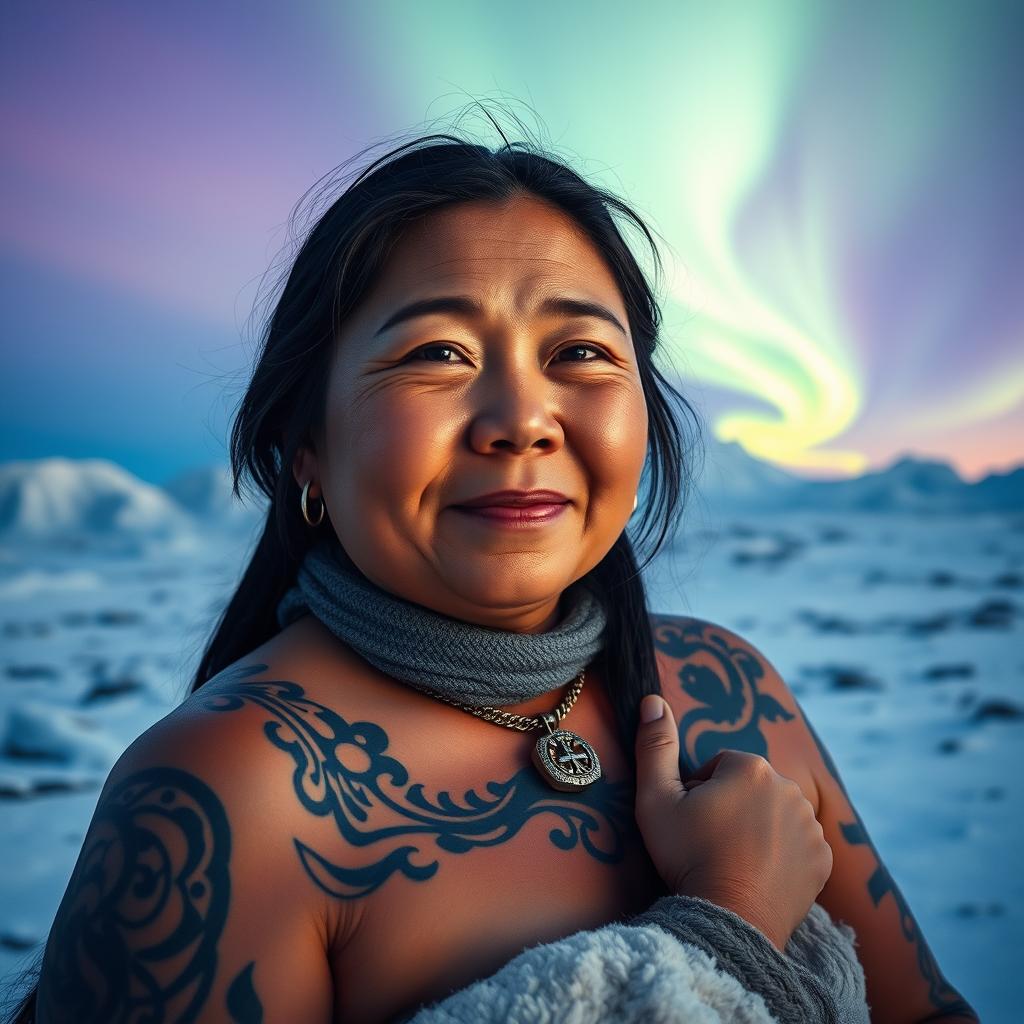
The Tattoo Revitalization Project helped many women get their kakiniit back. This included tattoos at events in Cambridge Bay. It inspired local training, apprenticeships, and tattoo days.
Angela Hovak Johnston started the Inuit Tattoo Revival Project in 2017. Maya Sialuk Jacobsen began Inuit Tattoo Traditions in Greenland. Their work combines research, practice, and outreach.
The Tunniit film helped raise awareness. Alethea Arnaquq-Baril’s documentary, Tunniit: Retracing the Lines of Inuit Tattoos, interviewed elders and artists. It sparked national conversations.
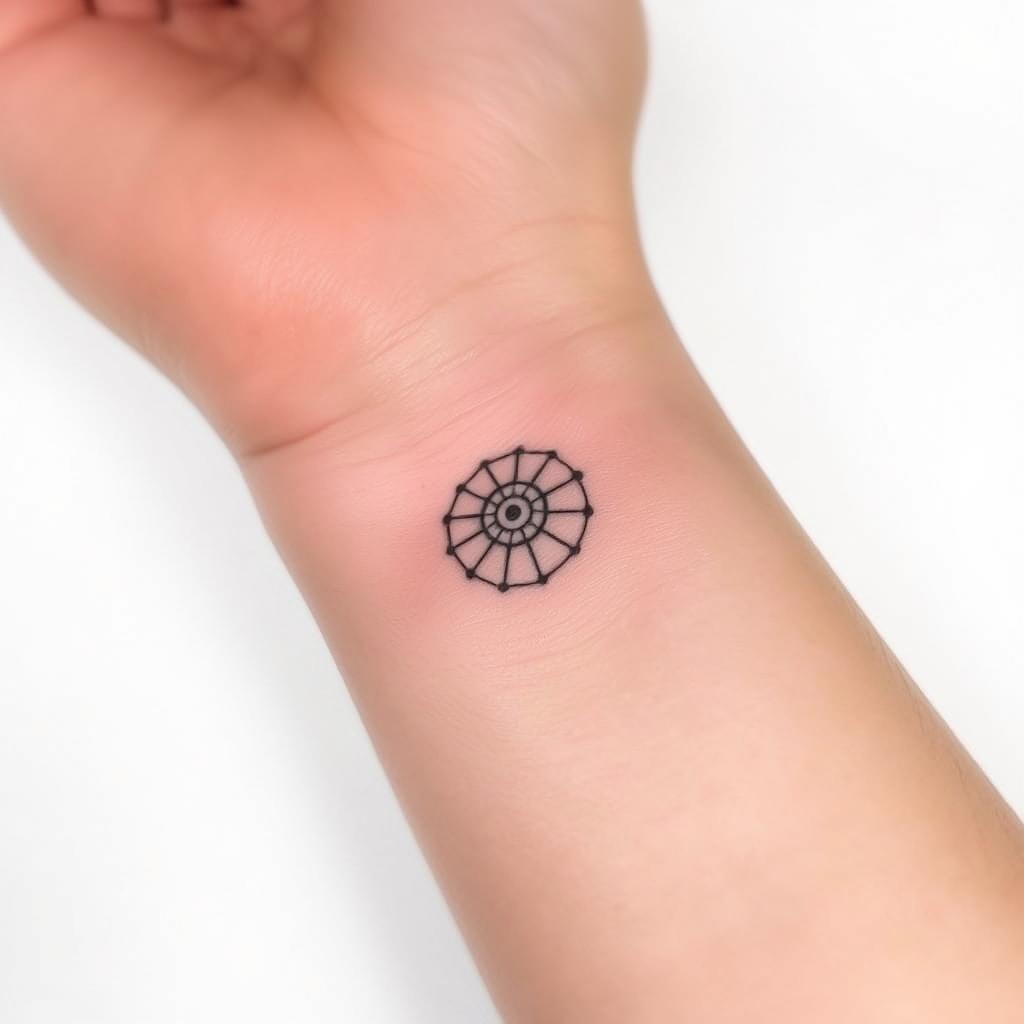
Public figures have made visible tattoos more common. Artists and leaders like Celina Kalluk and Lucie Idlout have helped. Their work shows how tattoos connect performance, politics, and life.
Inuit tattoo artists now hold workshops and offer mentorship. They publish resources on patterns and protocols. Look for programs led by Inuit artists who follow cultural protocols.
Community archives, film screenings, and tattoo events are growing. These activities let you hear stories, see technique, and join a respectful resurgence. It honors tradition and looks to the future.
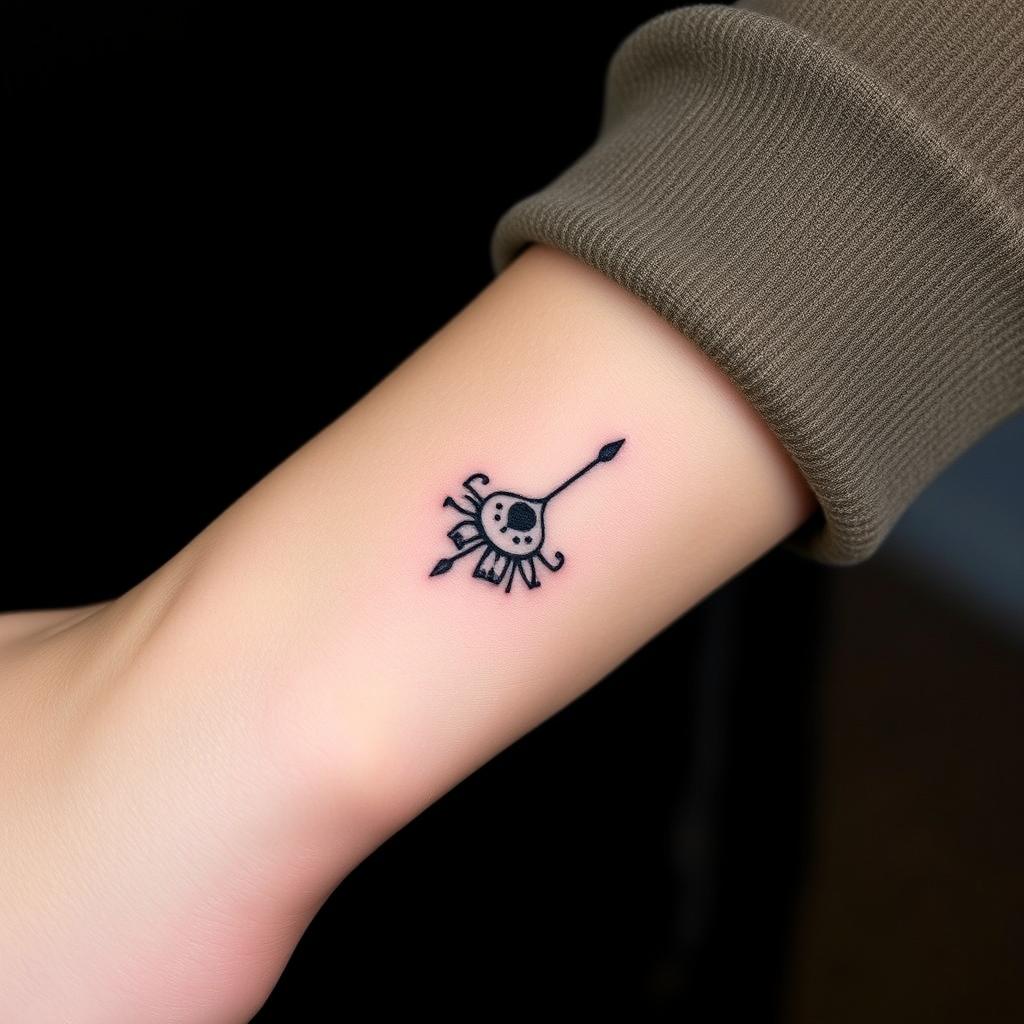
Inuit Tattoos in Contemporary Culture and Identity
Kakiniit and tunniit are becoming more common in public. This shows inuit tattoo culture is growing. Tattoos now symbolize pride and heritage after being silenced by colonizers.
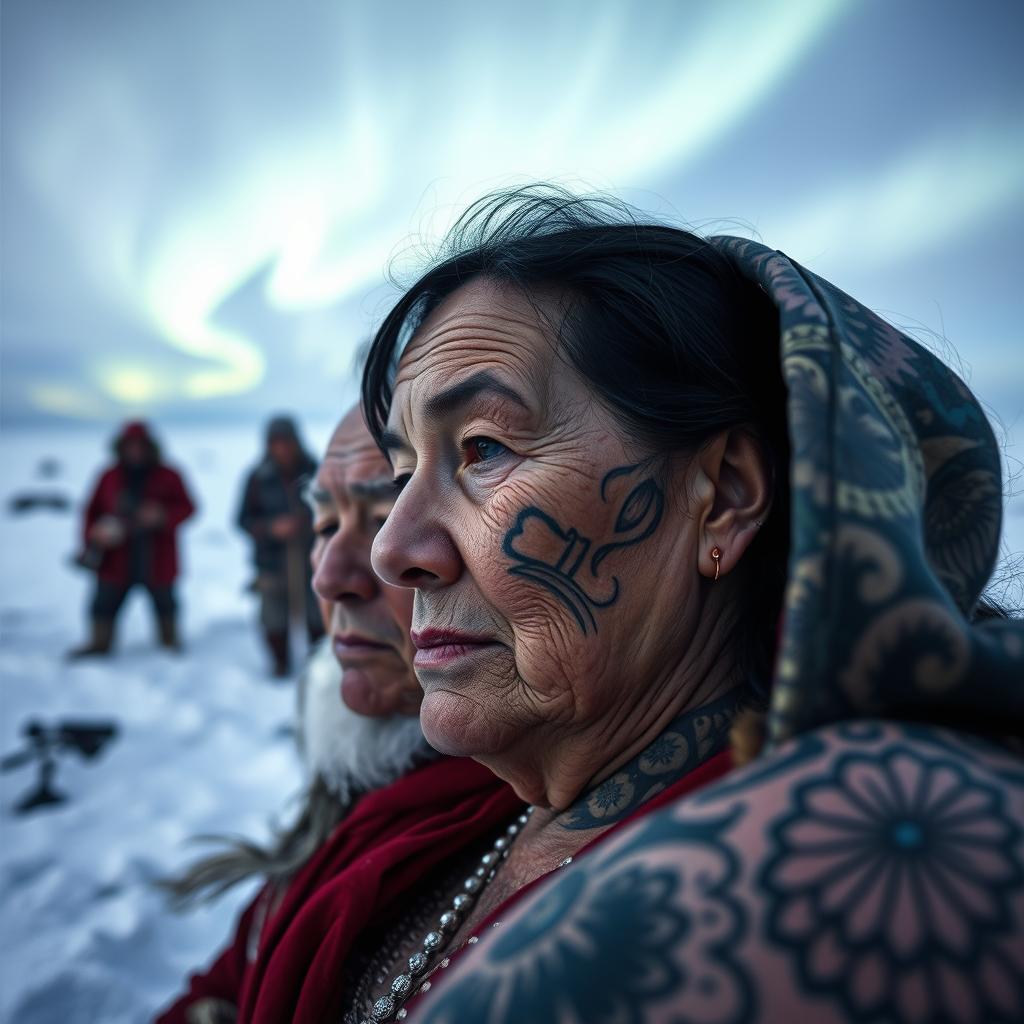
Seeing inuit tattoos on artists, elders, and youth is powerful. Women like Jana use kakiniit to show their inuit tattoo identity. They also heal from past traumas through these tattoos.
Indigenization tattoos teach us. They pass down stories and skills in a tangible way. A grandmother’s tattoos can start conversations about important family traditions.
Leaders and artists help make inuit tattoos more accepted. People like Mumilaaq Qaqqaq and tattoo artists show these tattoos in media. This makes it easier for us to respect and accept them.
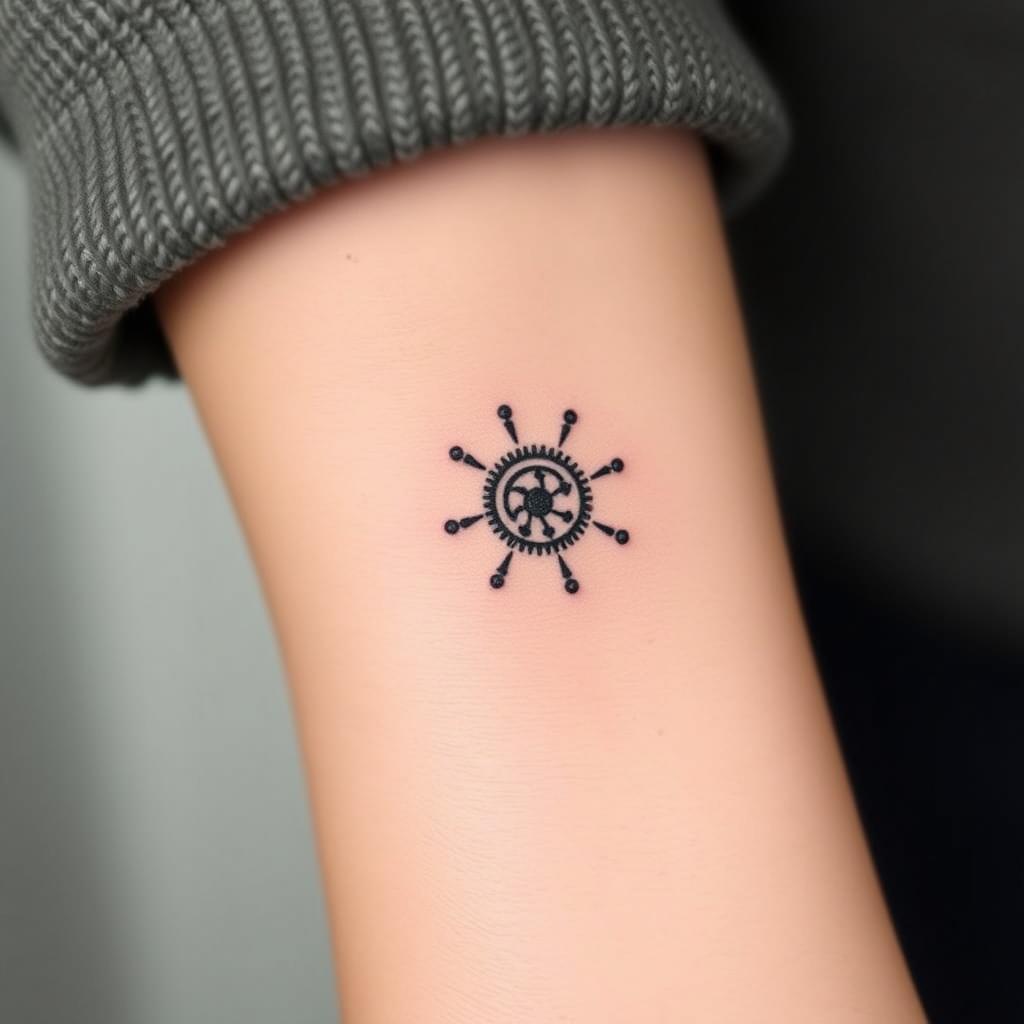
You can help by learning and listening. Support artists who follow cultural rules. This way, inuit tattoos can grow in today’s world while staying true to their roots.
How Inuit Facial Tattoos (Tunniit) Mark Life Transitions
Inuit facial tattoos are more than just designs. They mark important life events and roles. Learning about these tattoos shows how they signal change and readiness for new tasks.
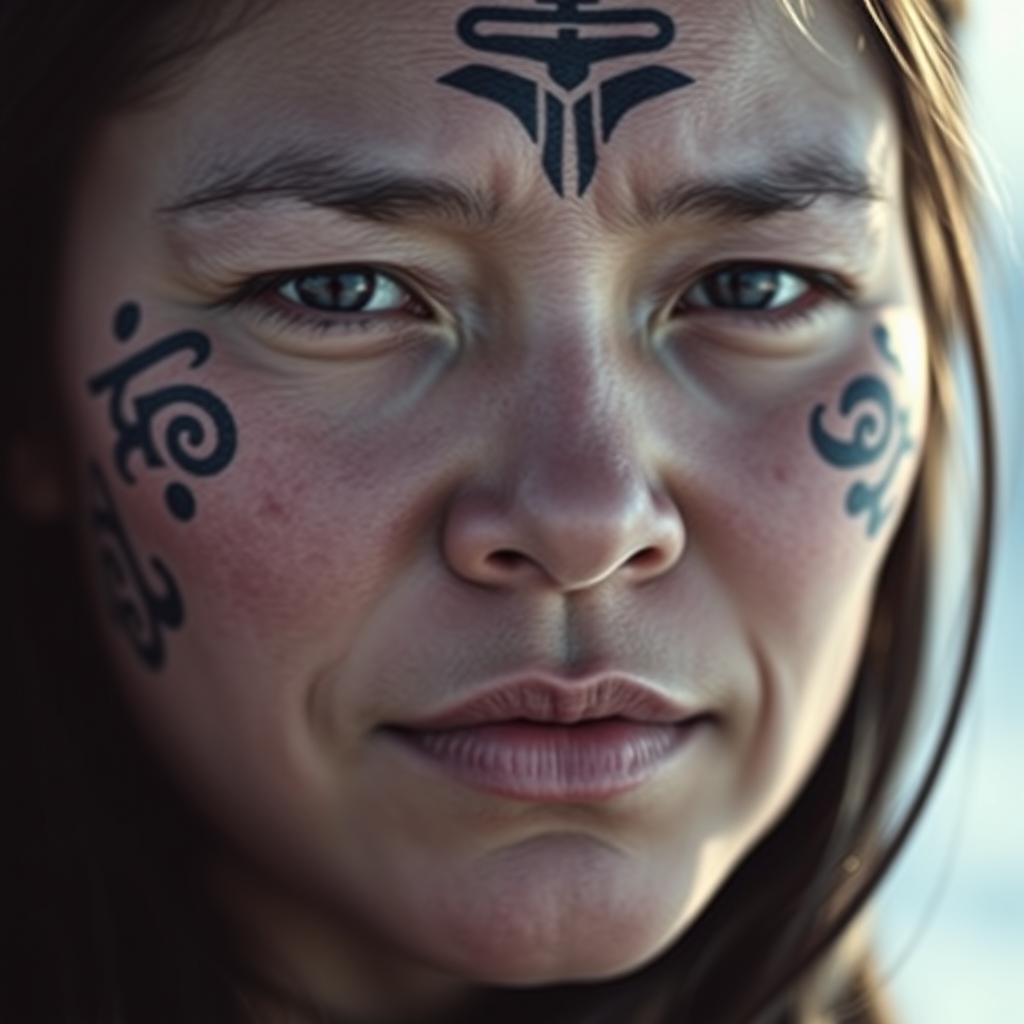
Facial marks signifying first menstruation, coming of age, and marriage readiness
First marks often came with a girl’s first period. They showed she was now an adult. These tattoos were signs of maturity, showing she was ready for marriage.
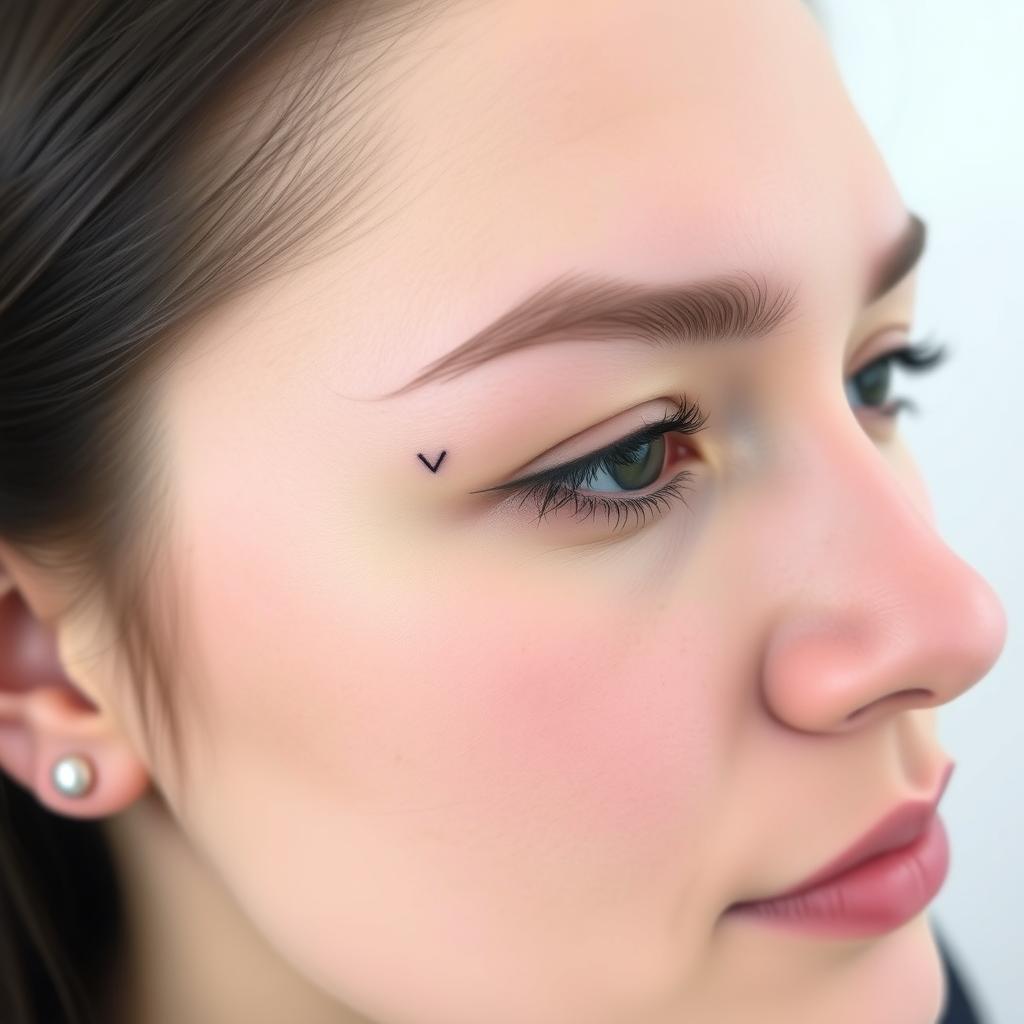
Chin stripes, forehead V-marks, and their personal meanings
Chin stripes often mean a woman’s first period. Forehead V-marks mark her move into womanhood.
Each design tells a personal story, blending with community history.
Variation in placement: forehead-first vs. chin-first traditions
Where you get your first tattoo depends on where you’re from. Some start with forehead marks, others with chin. It’s about local tradition, family, and personal choice. Remember, these tattoos hold deep personal stories, and many share them carefully.
When you see inuit coming of age tattoos, remember the stories behind them. These tattoos connect identity, skill, and family in a special way.
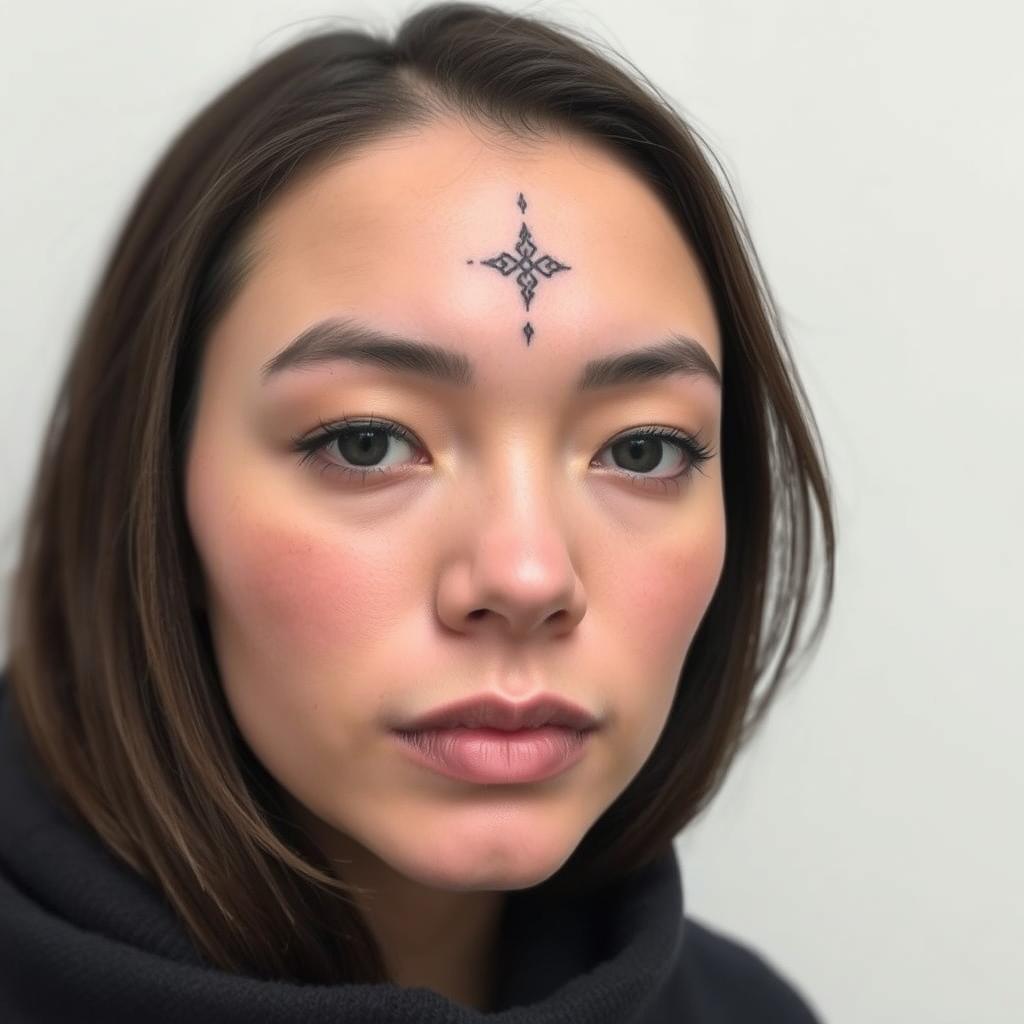
Inuit Tattoo Artists and Contemporary Practitioners
Tattooing in Inuit communities is all about trust and respect. Women taught each other how to tattoo by watching and practicing together. If you want an Inuit tattoo, you’ll find a focus on care, ceremony, and consent.
Look for artists who know their craft and respect Inuit traditions. People like Angela Hovak Johnston and Maya Sialuk Jacobsen work with communities.
Filmmaker Alethea Arnaquq-Baril shares stories that help revive traditions. Artists like Celina Kalluk mix old knowledge with new ways.
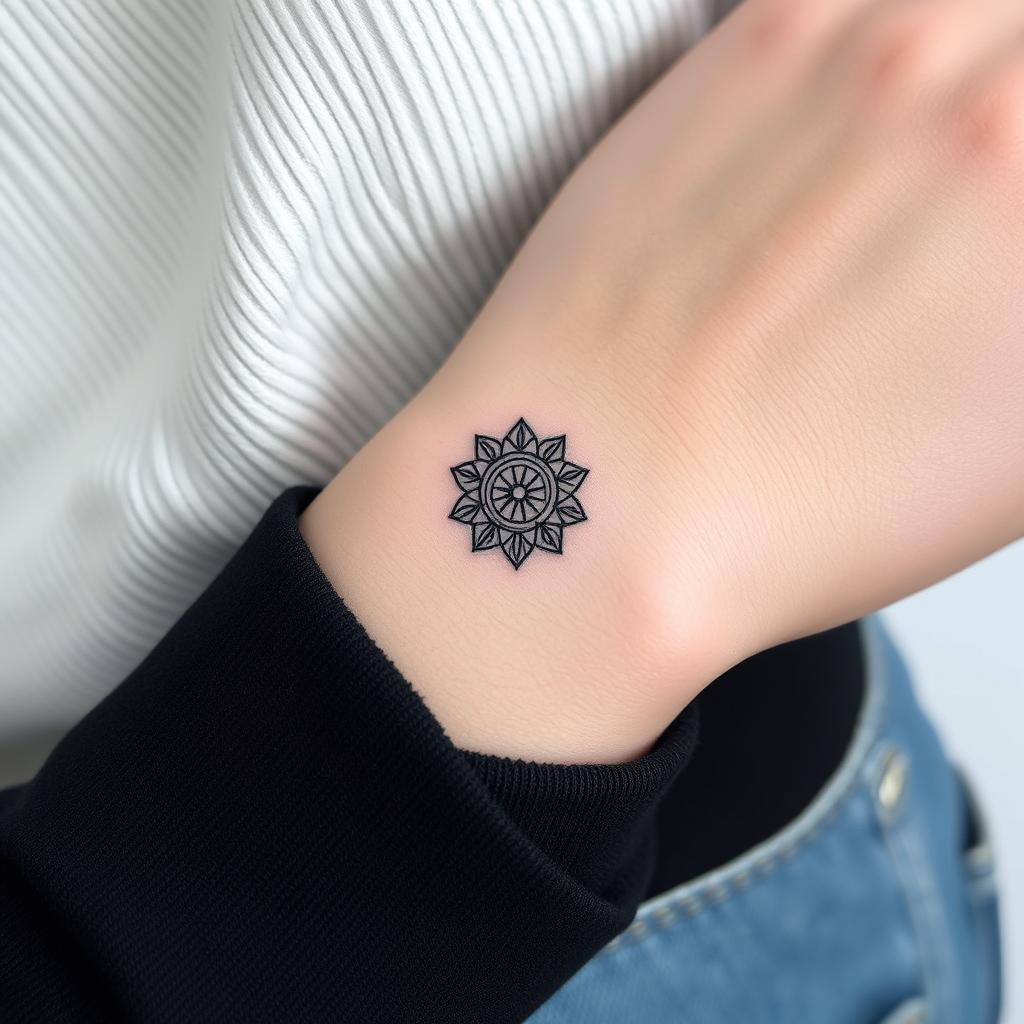
Learning to tattoo involves more than just technique. You’ll learn about skin-stitch and hand-poke, aftercare, and stories from elders. It starts with simple stitches and gets more complex as you gain trust.
Good tattoo artists always ask for consent and respect cultural rules. They might offer gifts or ask elders for advice. This way, they protect the art and its cultural roots.
When picking an artist, ask about their research and community work. A true artist will talk about their training, their teachers, and how they keep things private. This shows they care about tradition and respect.
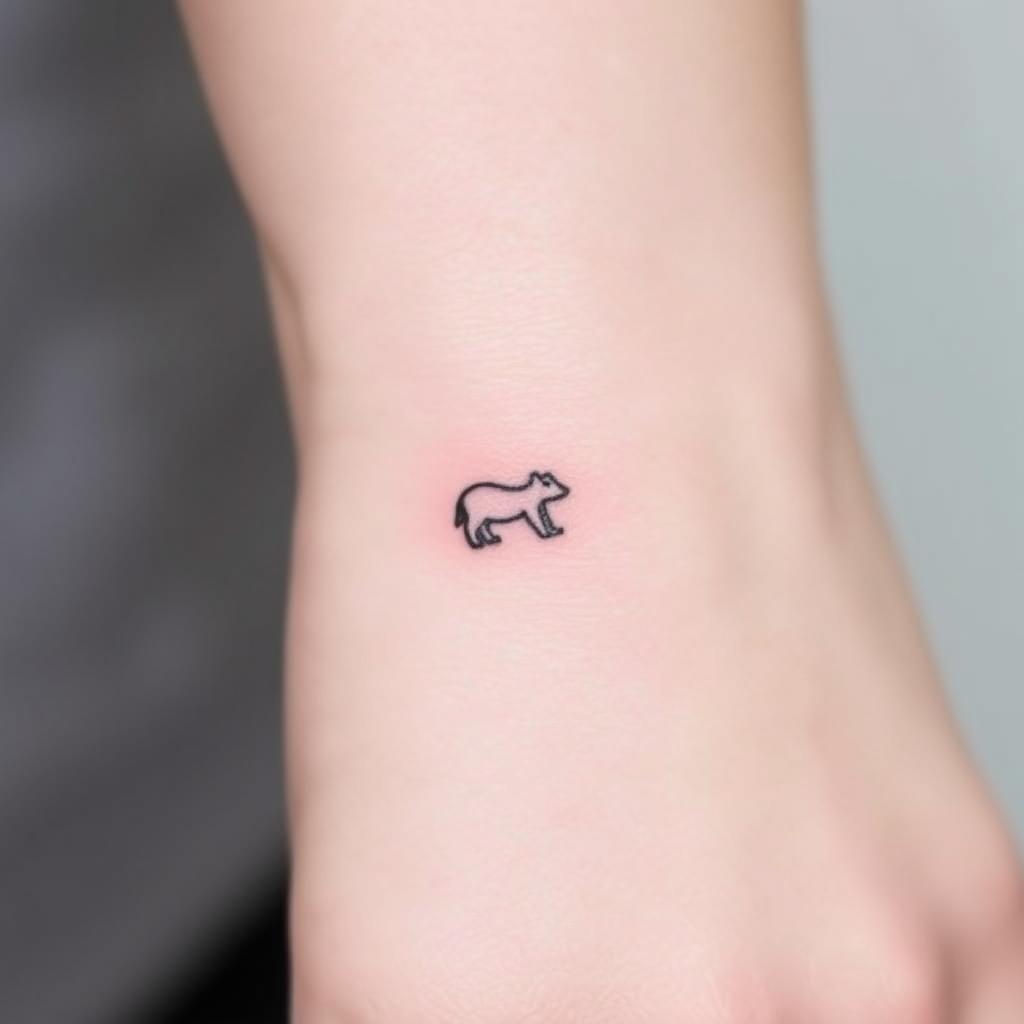
Trust your gut and listen to the community. Supporting real Inuit tattoo artists helps keep traditions alive. Your choice can help honor tradition and support new talent.
Respectful Ways to Ask About or Admire Inuit Tattoos
When you see kakiniit or tunniit, be patient and careful. Start with a friendly greeting or a compliment. This shows you value the person, not just their tattoos.
It’s important how you ask about inuit tattoos. If you want to learn, ask quietly. Say, “Would you be comfortable telling me about your tattoo?”
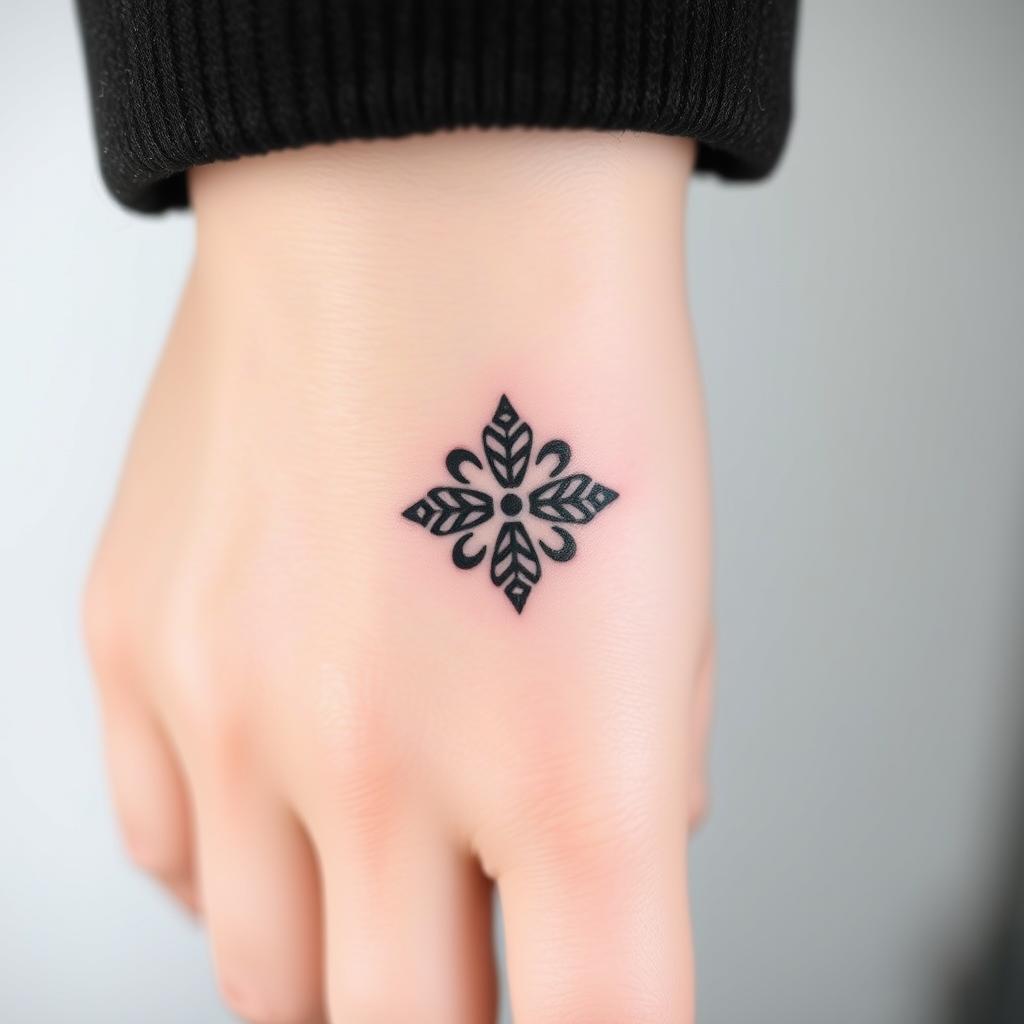
Give the person space to say no. Many prefer a compliment over questions, even in public.
When talking to elders, listen first. Explain why you’re curious and who you are. Elders may have deep memories tied to history.
A calm and respectful tone is key. Show you understand the importance of inuit tattoos.
Offering a trade or gift is important. If someone shares knowledge, a small gift is a good way to thank them. Food, sewing materials, or an invitation to a meal are good choices.
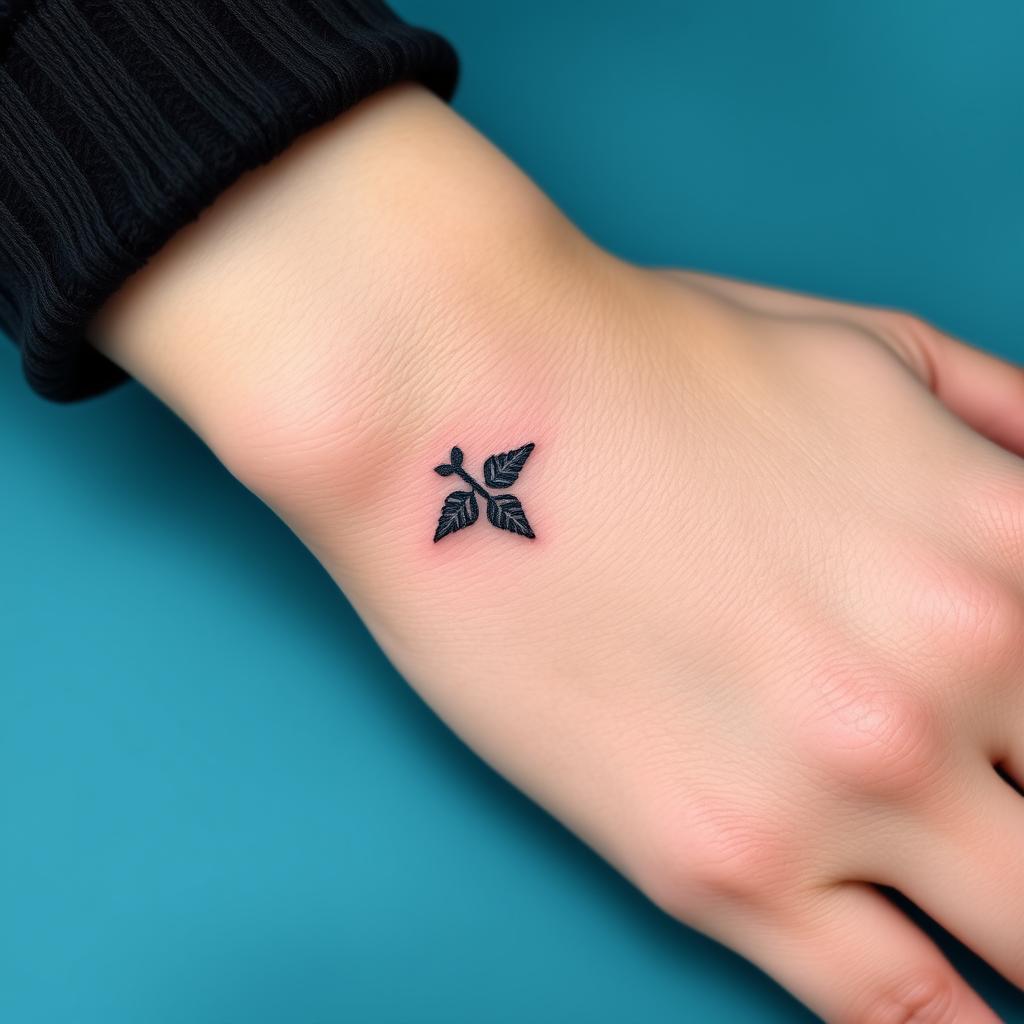
Compliment the artistry or courage of the person. But don’t ask for meanings in public or during ceremonies. If someone says a tattoo is private, respect their choice.
Learn local customs before visiting. Seek introductions through community contacts. Follow the lead of Inuit artists and elders. Remember, your curiosity should never make someone uncomfortable.
By following inuit tattoo etiquette, you can build real relationships. You also support cultural revival.
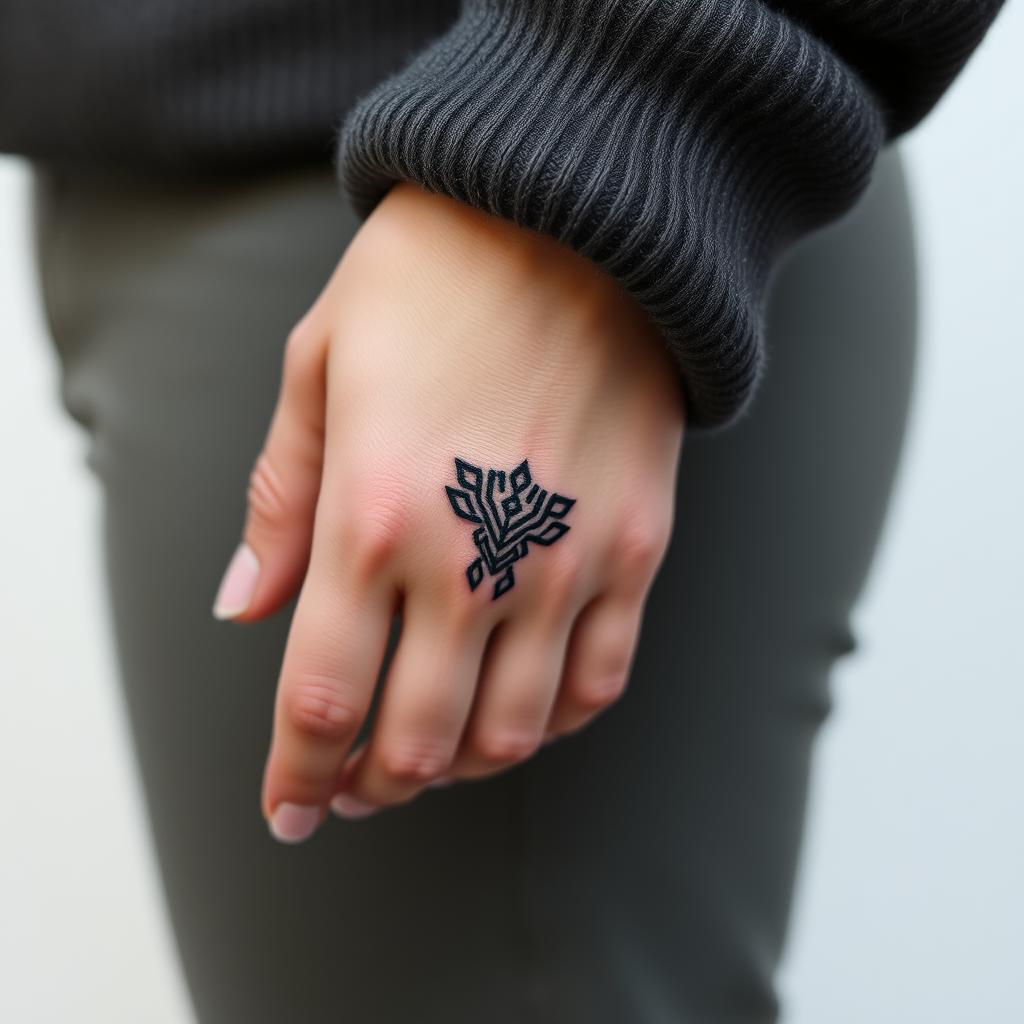
Symbolic Inuit Tattoos and Their Personal Stories
Many tattoo stories in Inuit communities are very personal. They honor ancestors, mark loss, or show strength after hard times. These stories make symbolic inuit tattoos feel special and meaningful.
Birthing tattoos celebrate motherhood. They might be on the chest or thigh, telling of the first child and the care given.
These stories are often shared only with those close to the family. It’s important to ask with respect, as some meanings are not shared widely.
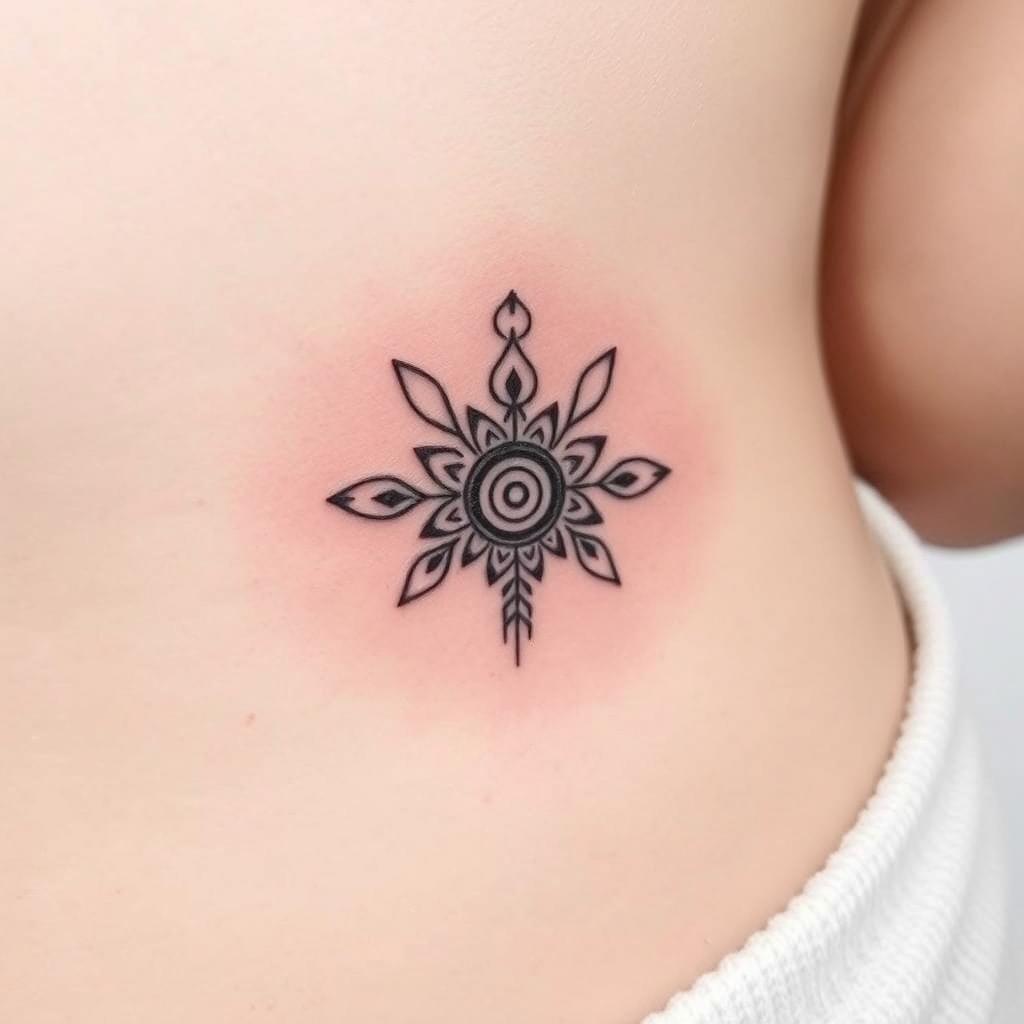
Hand and arm tattoos often symbolize sea animals and the story of Sedna. These tattoos once showed a person’s path to the afterlife. Now, people explain these tattoos in their own ways, blending old and new meanings.
Inuit women often get tattoos to show survival and lineage. Their tattoos might mix old patterns with personal images.
Each tattoo has its own story, shaped by the person who got it.
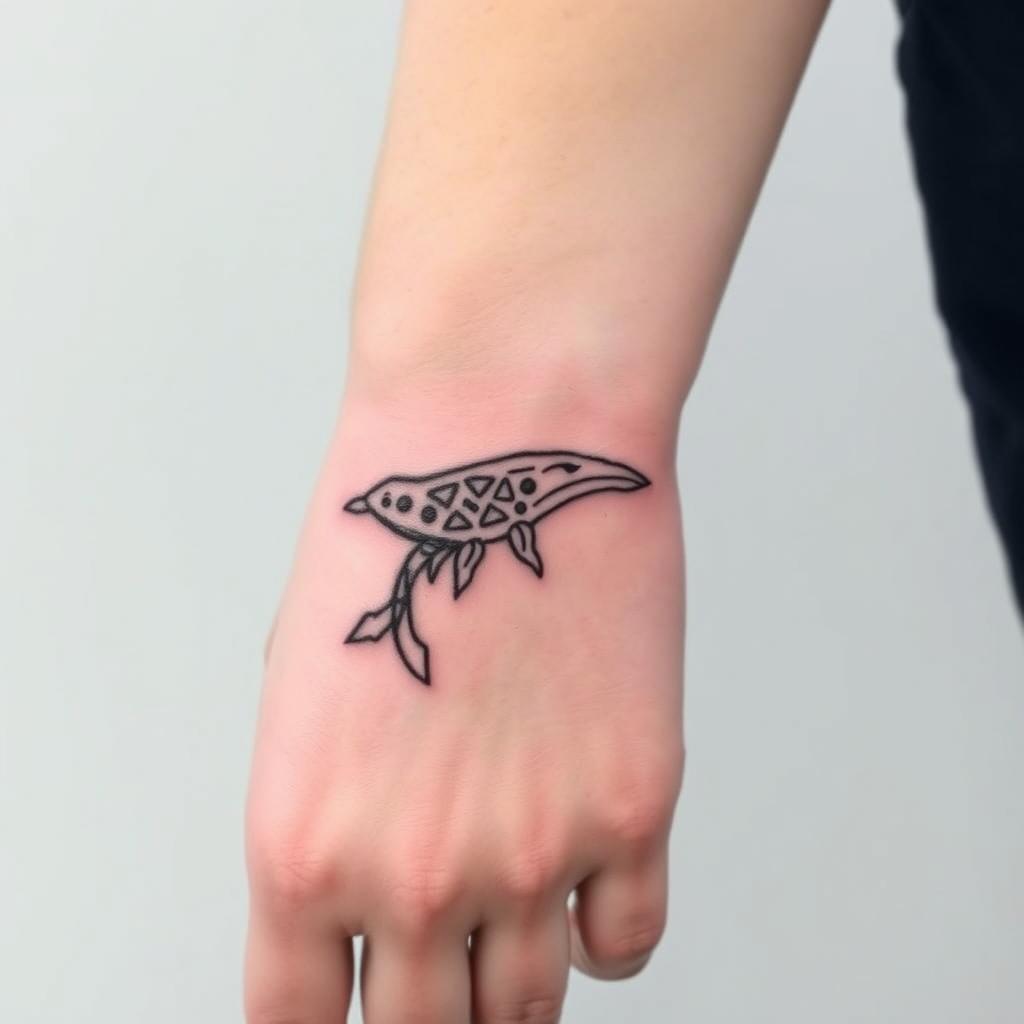
Listening to these stories, you’ll find many different meanings. Inuit tattoo meanings have changed over time, influenced by colonial history. It’s important to respect both the original stories and the evolving ones people share today.
Comparisons: Inuit Tattoos and Other Indigenous Tattoo Traditions
Looking at tattoos from different places, you see both similarities and differences. Arctic tattoos tell stories through facial marks. Kakiniit tattoos use special lines and chin stripes that make them unique.
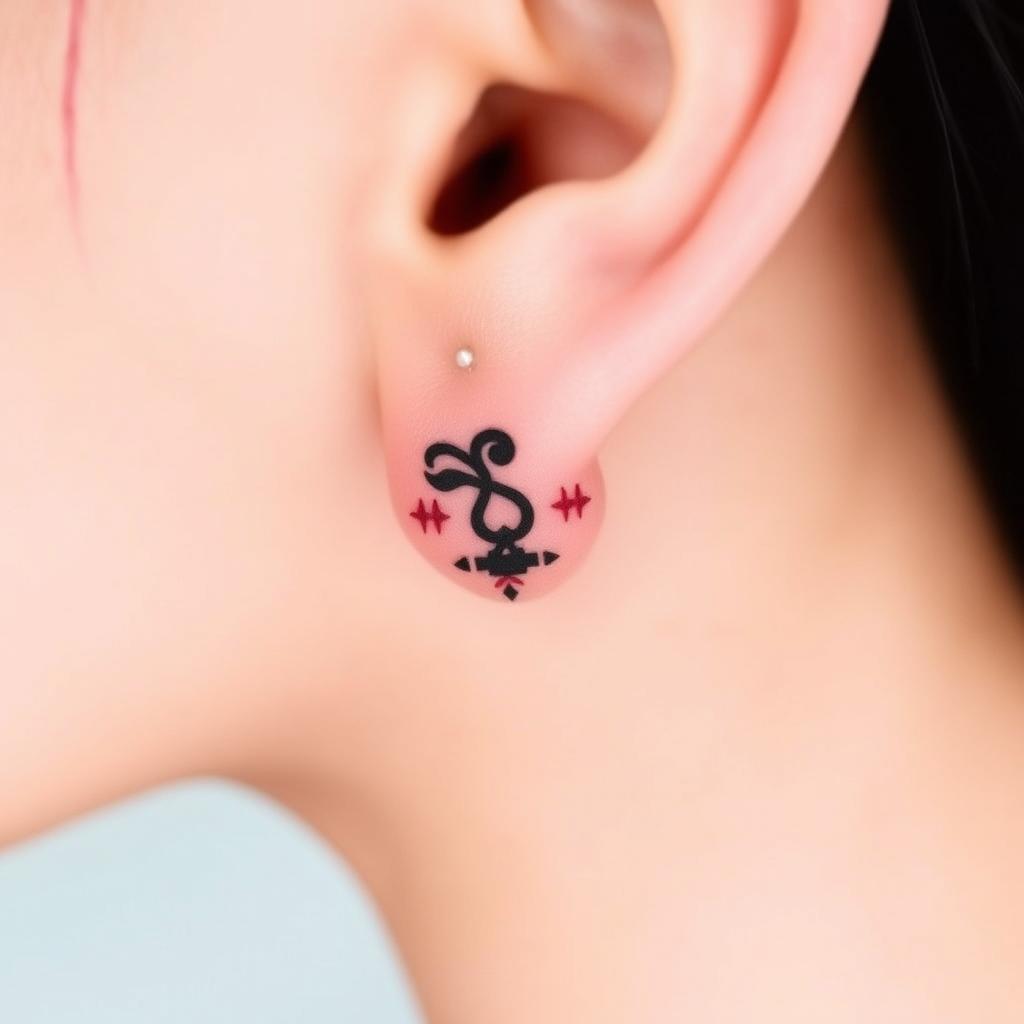
Shared motifs and regional differences
Many tattoos share themes like coming of age and protection. Native American and Inuit tattoos mark important life events. Inuit tattoos focus on geometric shapes and stories of Sedna.
Distinct cultural functions and protocol
Think about tā moko, yidįįłtoo, and batok alongside kakiniit. Each has its own style and rules. Māori tā moko shows family ties on the body.
Gwichʼin yidįįłtoo and Kalinga batok connect identity to family or skills. Kakiniit are mostly for women, tied to birth and life changes.
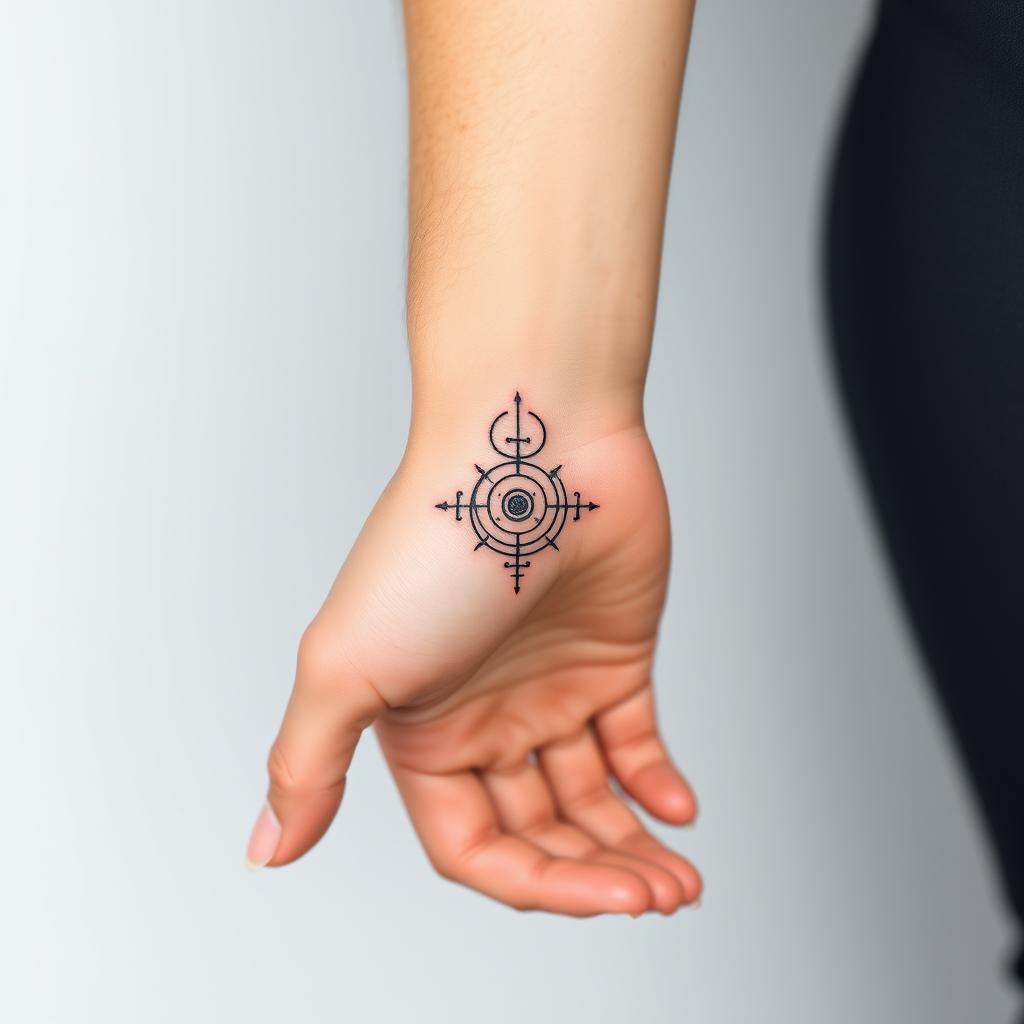
Global resurgence and cross-cultural dialogue
We’re in a time where tattoos from different cultures are connecting. Projects in places like Greenland and Canada are starting conversations. This movement brings people together while honoring each culture’s unique stories.
When comparing tattoos, remember that context is key. Start by learning from elders and artists about Inuit tattoos. Always respect the cultural rules before taking on new designs or practices.
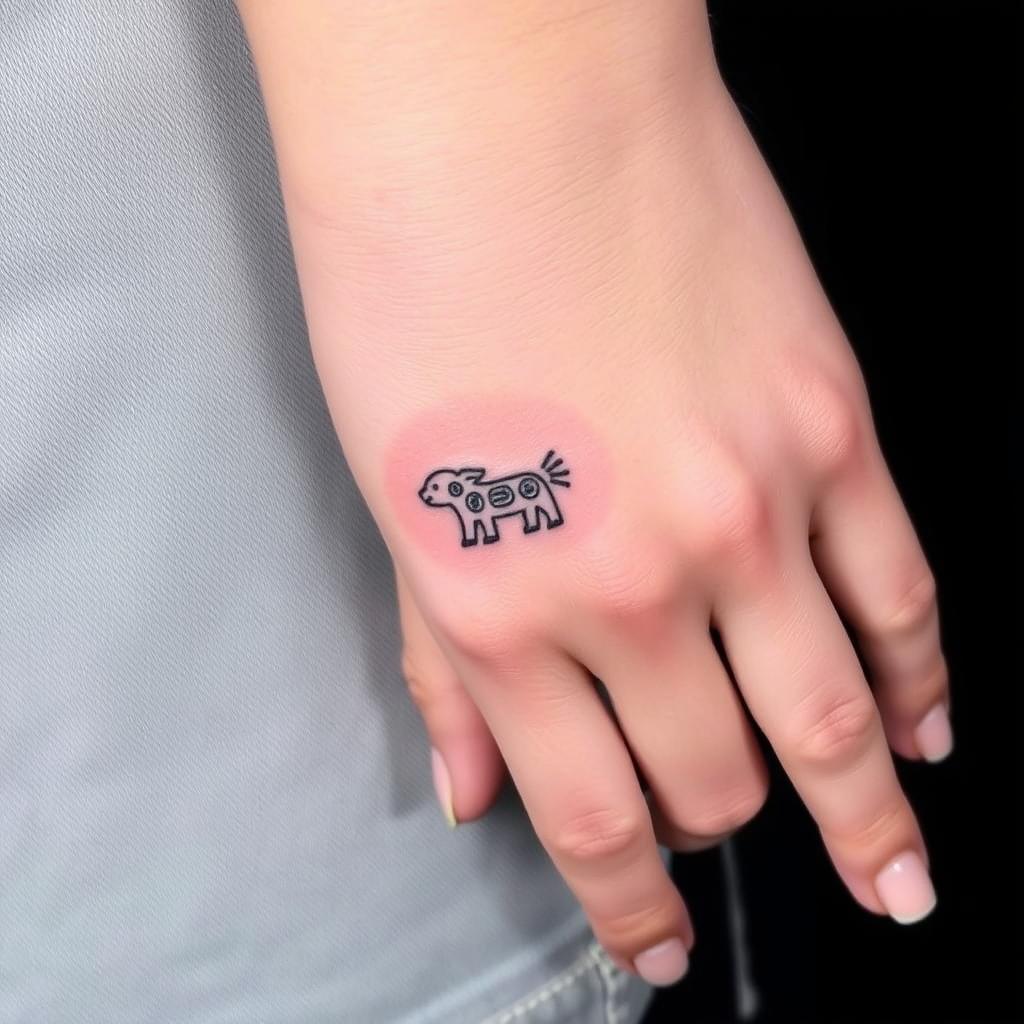
Practical Guide: Choosing an Inuit Tattoo or Commissioning Work
Start by looking for artists from Inuit communities. They should be trained by elders from projects like the Tattoo Revitalization Project. Choose an artist who talks openly about their learning and follows cultural rules.
Women tattooing women is a respected tradition. Look for artists who honor this practice.
To find an artist, ask important questions. Ask if they use traditional methods or modern machines. Also, ask about safety, like sterilization and licensing.
A good artist will answer these questions clearly.
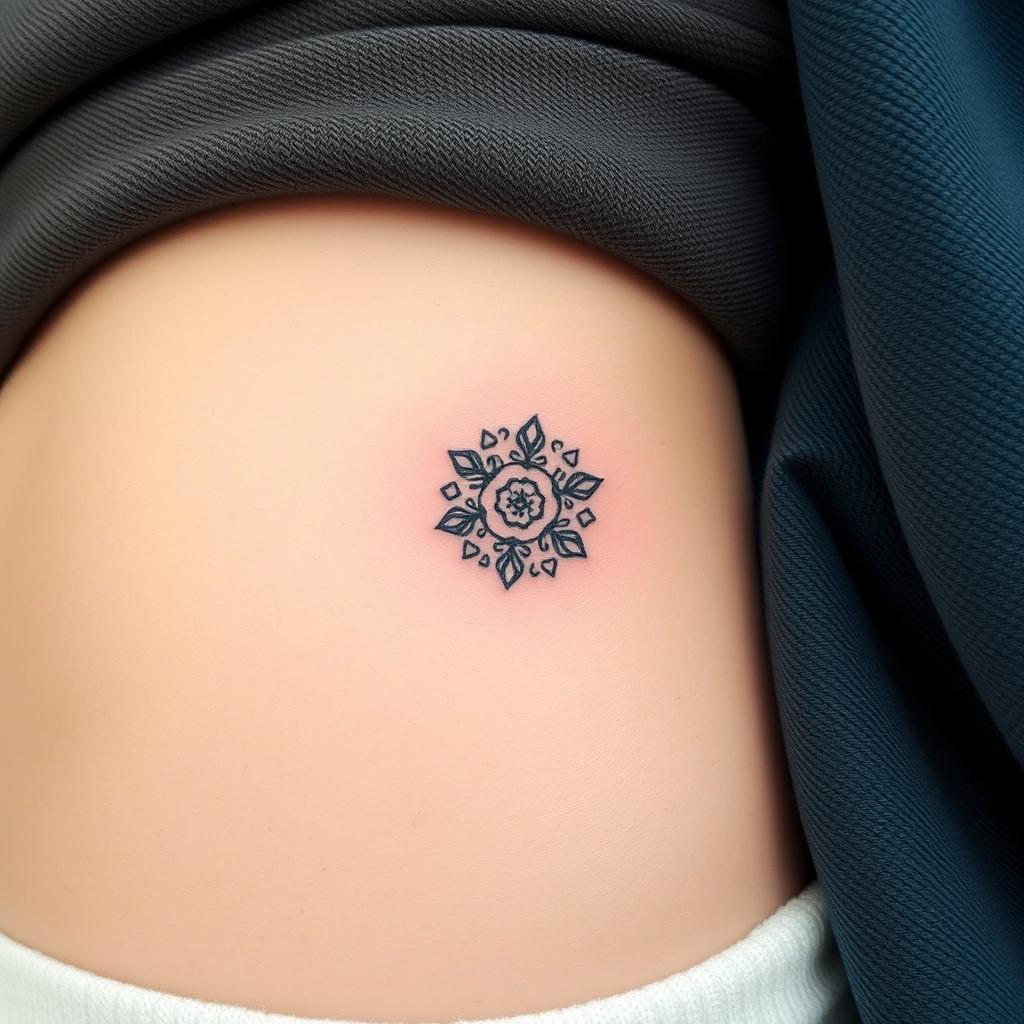
Before starting, talk about cultural permissions. Offer gifts or trades for stories or meanings. Remember, some symbols are sacred and not for everyone.
Choose based on what matters to you. Traditional tattoos connect you to ancestors. Machine tattoos offer finer lines and faster healing. Both should be safe and follow the artist’s rules.
Make a list of questions for consultations. Ask about their training, methods, and aftercare. These questions help you find a knowledgeable artist.
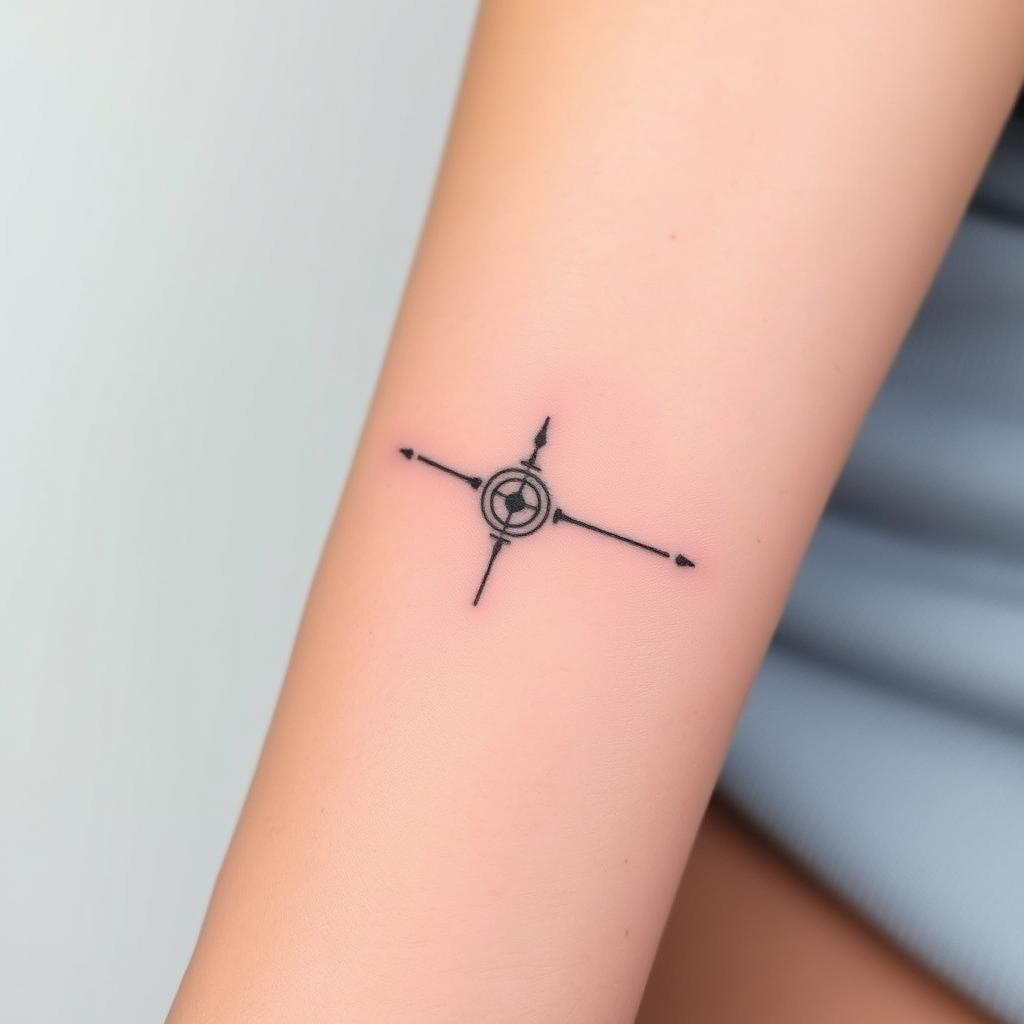
See the tattoo process as building a relationship. Respectful tattoos honor elders and follow community rules. Take time to trust your artist for a meaningful tattoo.
Conclusion
If you followed this article, you learned about inuit tattoos. They connect personal identity to a long history. Kakiniit are more than designs; they show important life events and strength.
These tattoos tell stories of people’s lives and choices. They reflect the culture and traditions of the Inuit people.
The history of inuit tattoos is rich and complex. Missionaries once banned them, but they survived in secret. Now, thanks to community efforts, filmmakers, and artists, they are being rediscovered.
Learning about inuit tattoo culture shows us both tradition and innovation. It spans Inuit Nunangat, Greenland, and Alaska.
When you look at or think about getting inuit tattoos, remember to respect and build relationships. Find artists who respect the culture and support the community. This way, you honor the tradition and help keep it alive.

